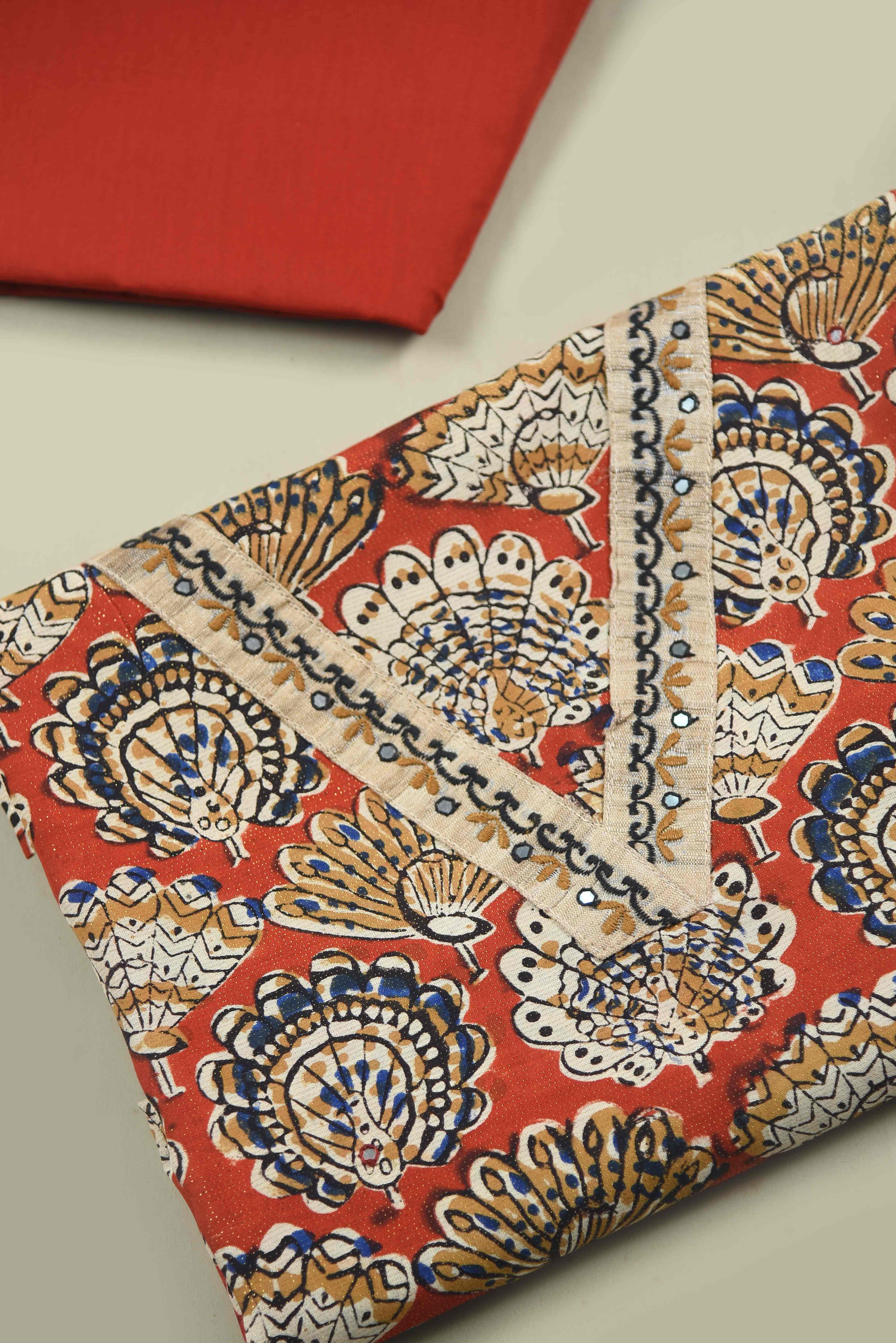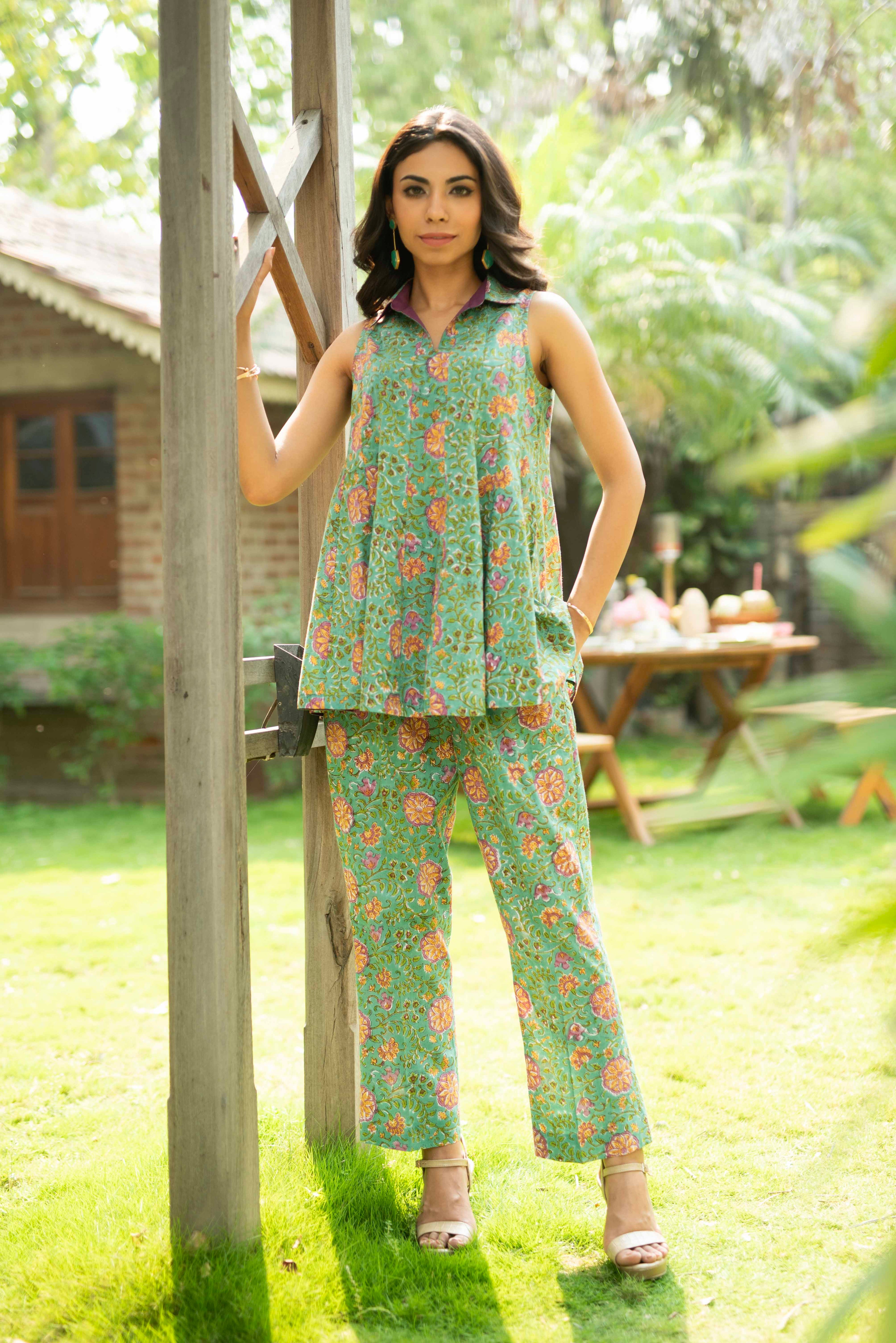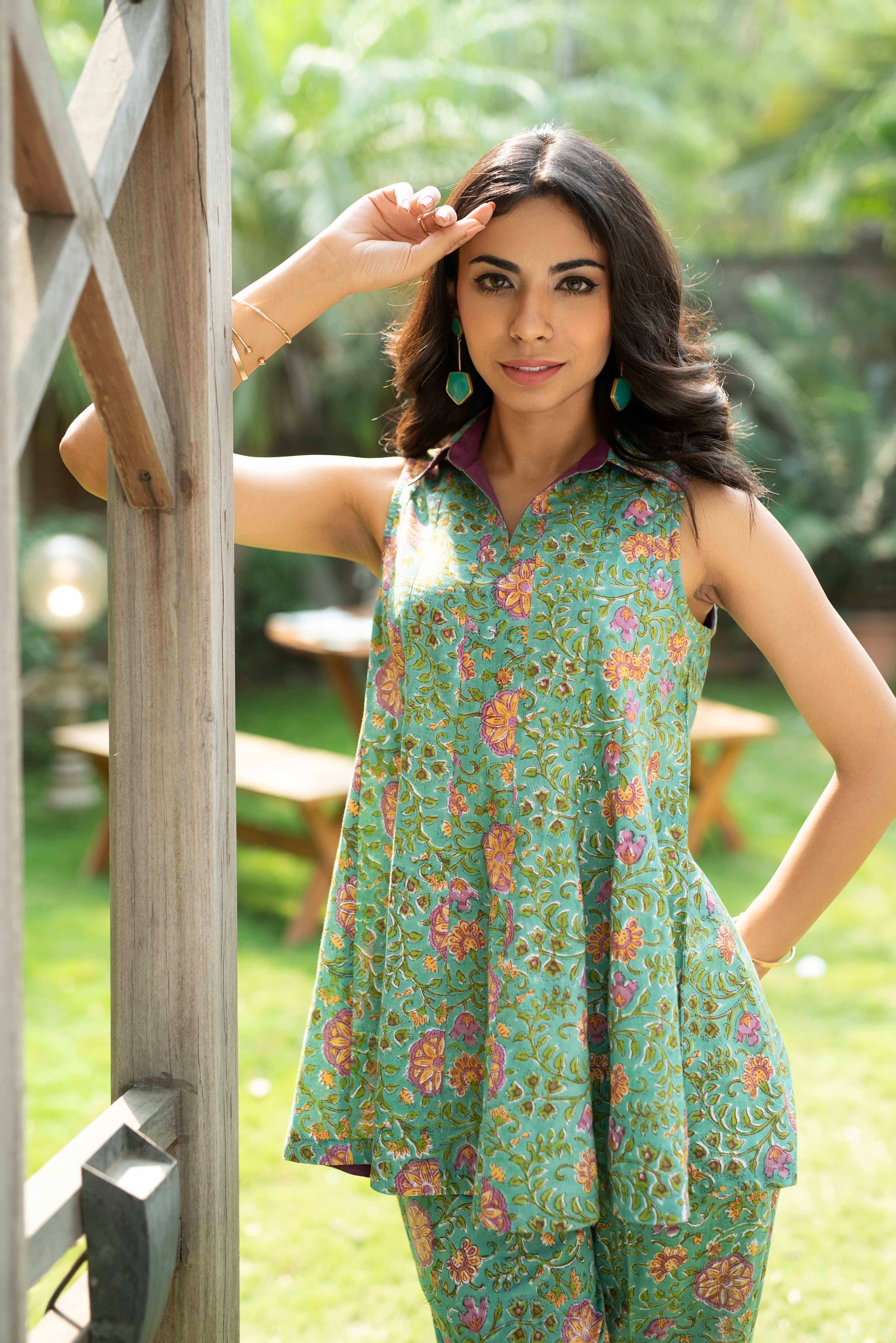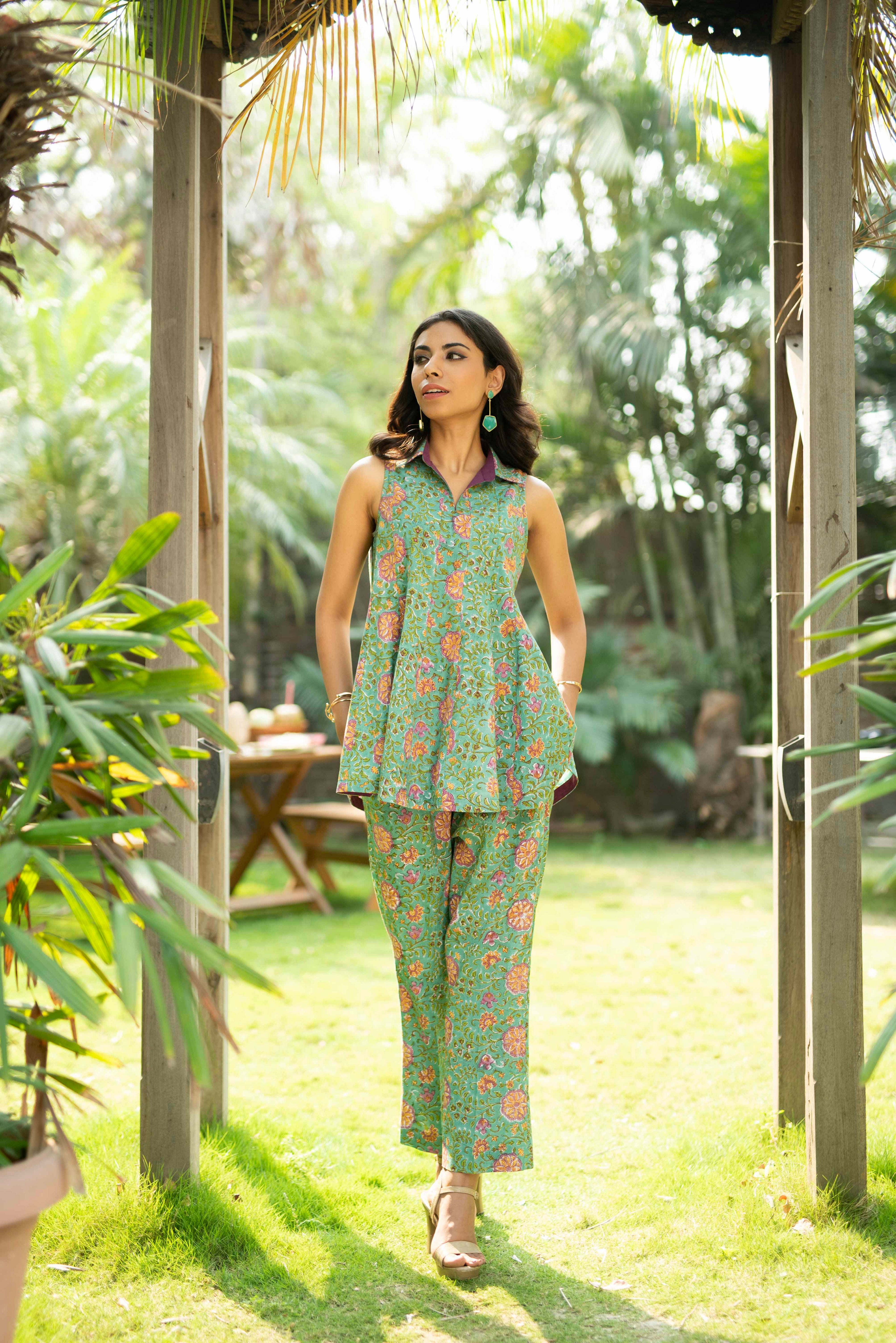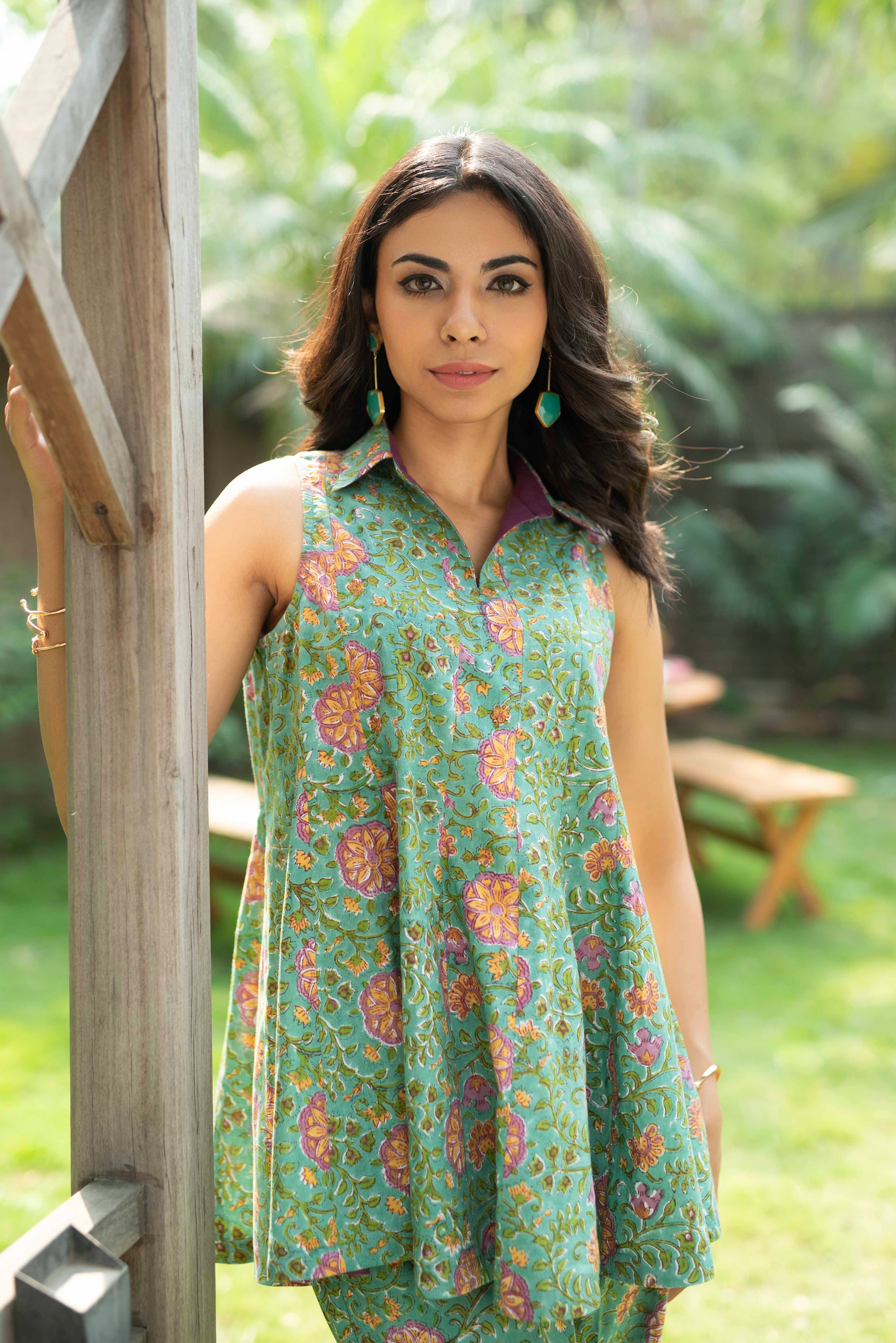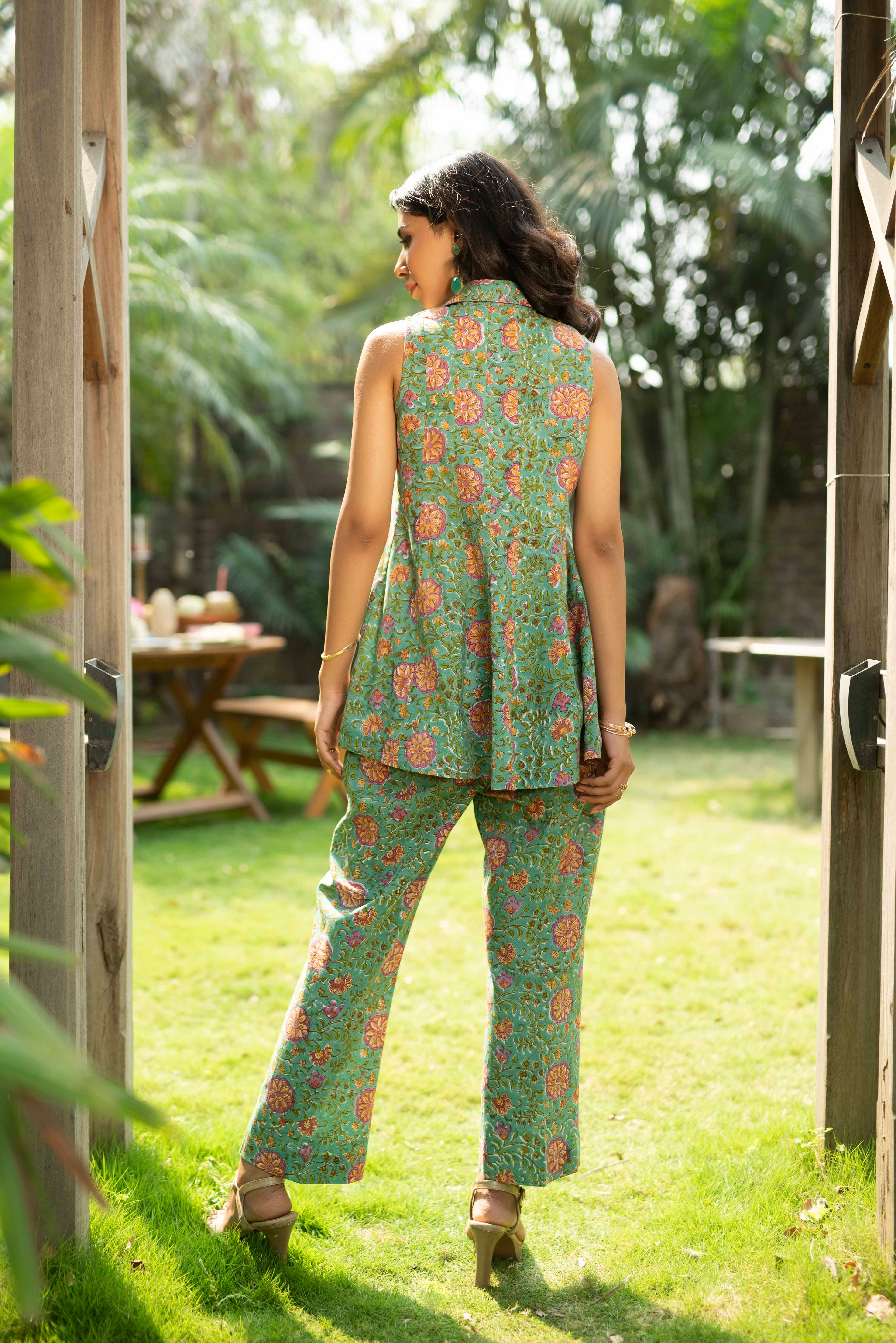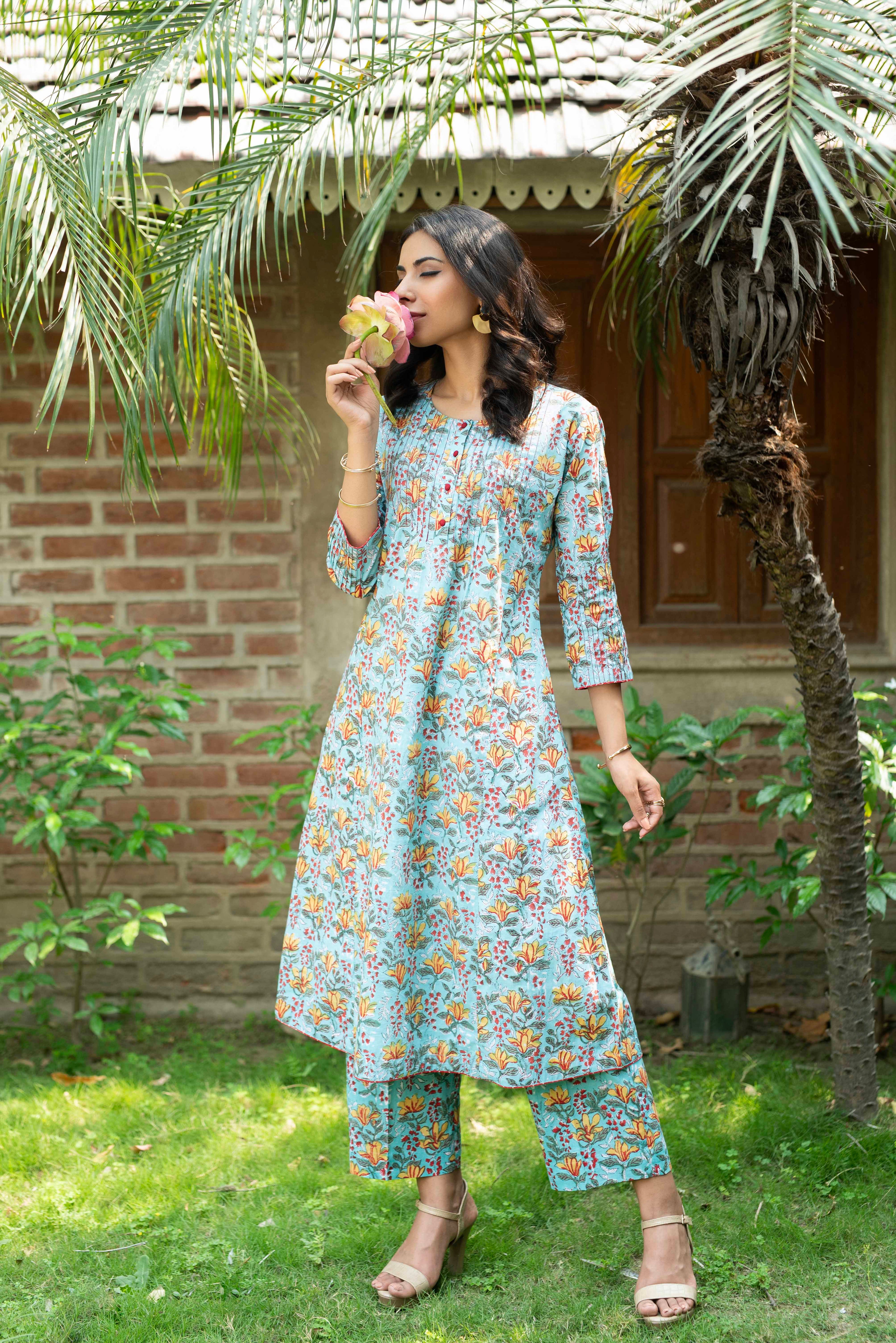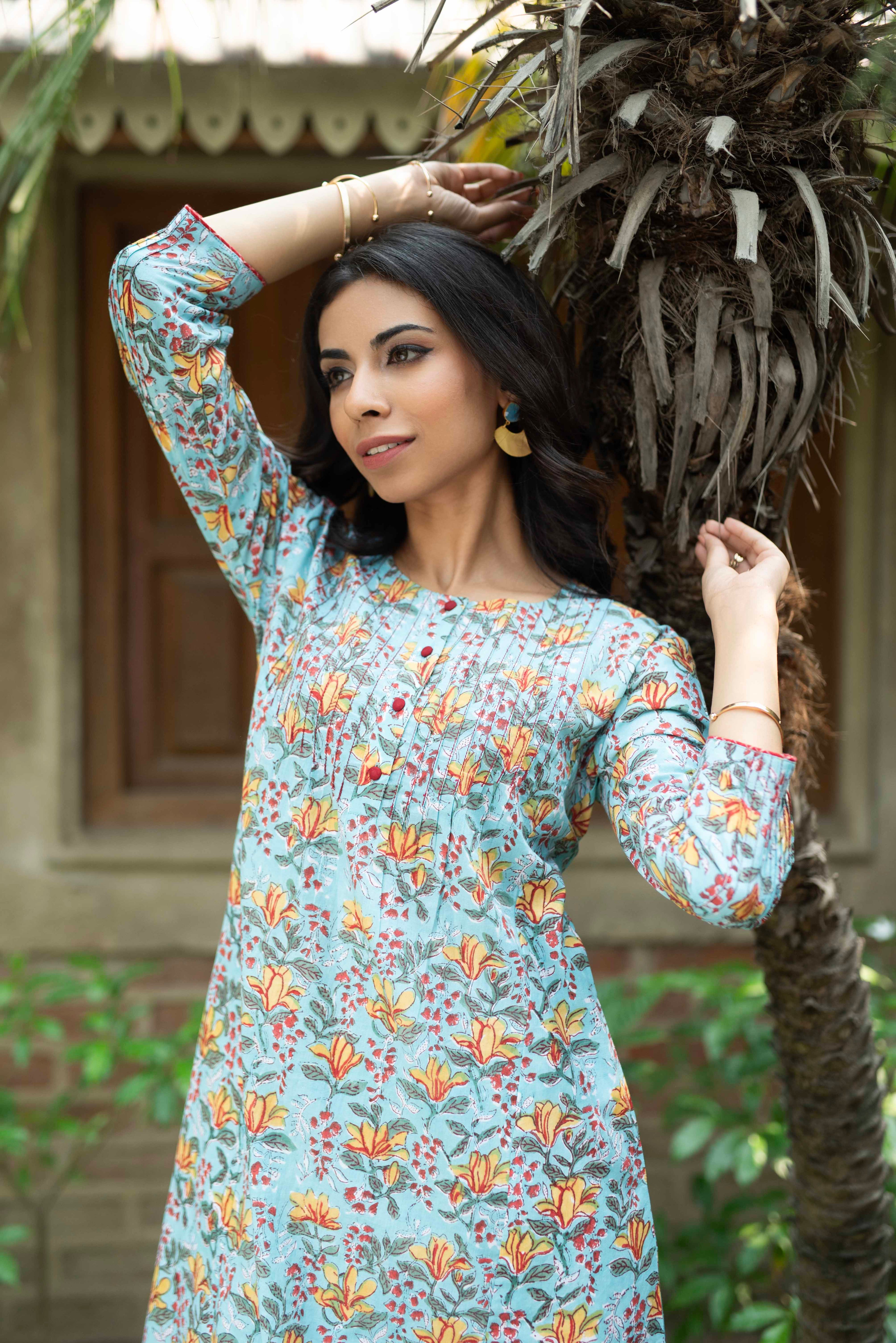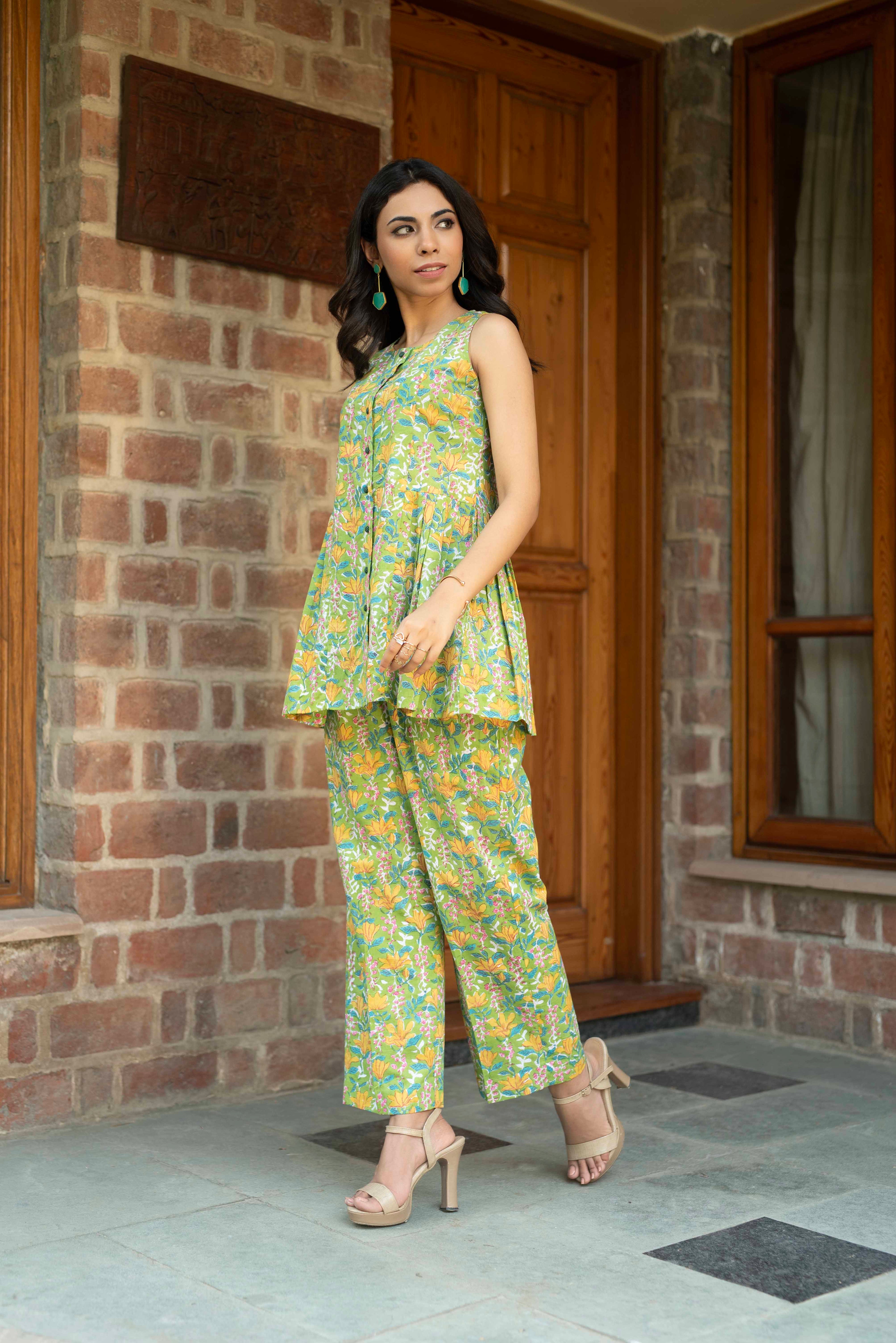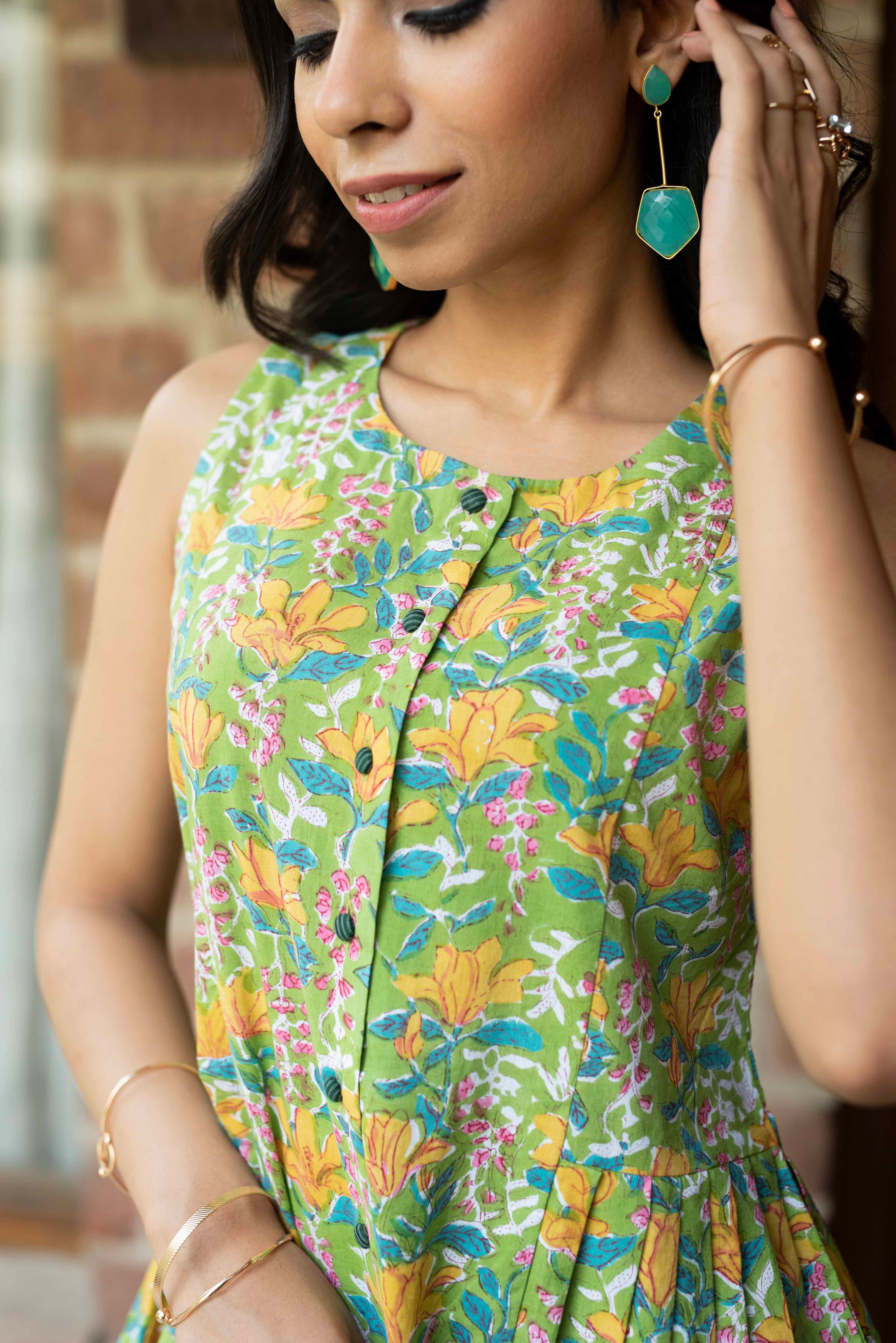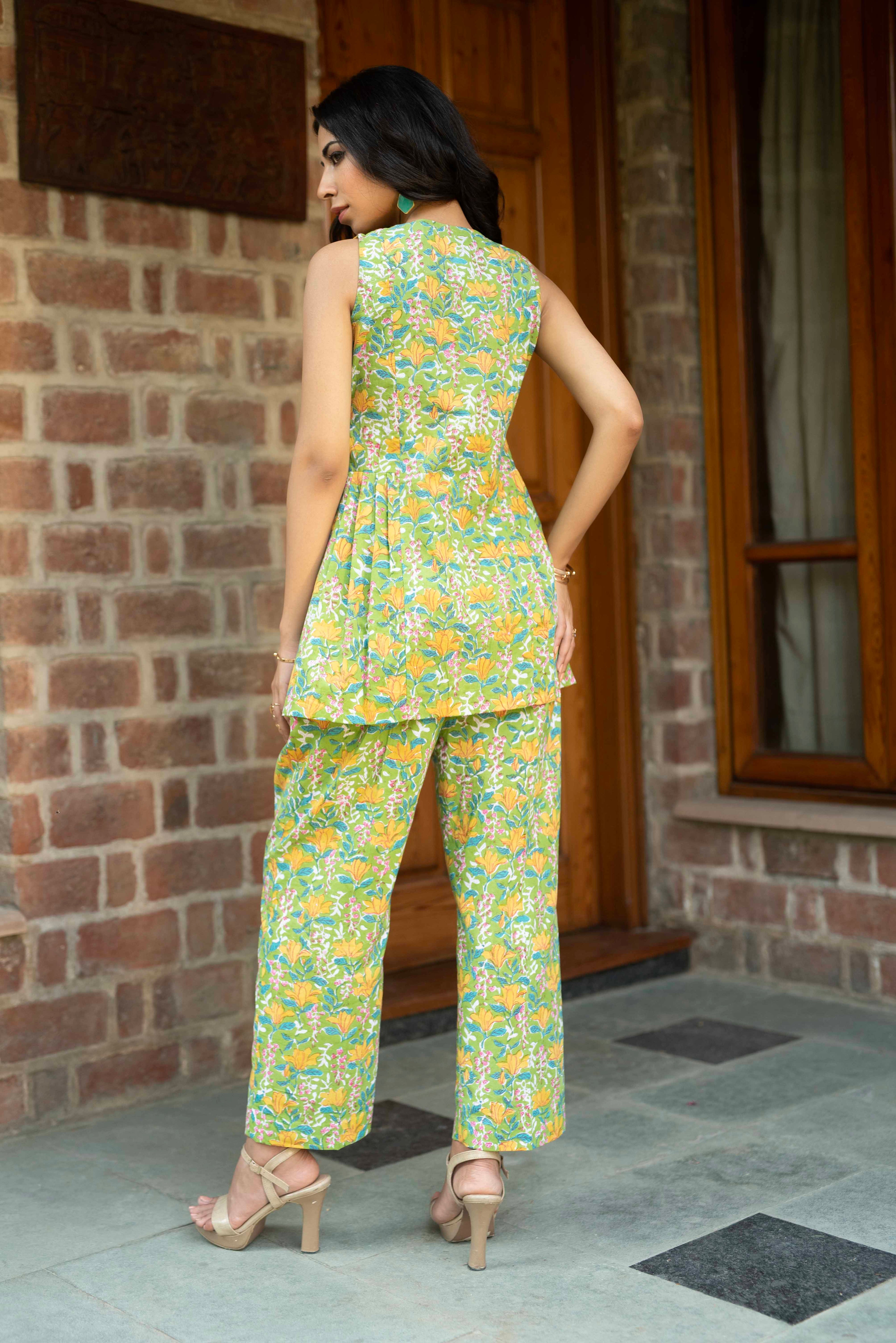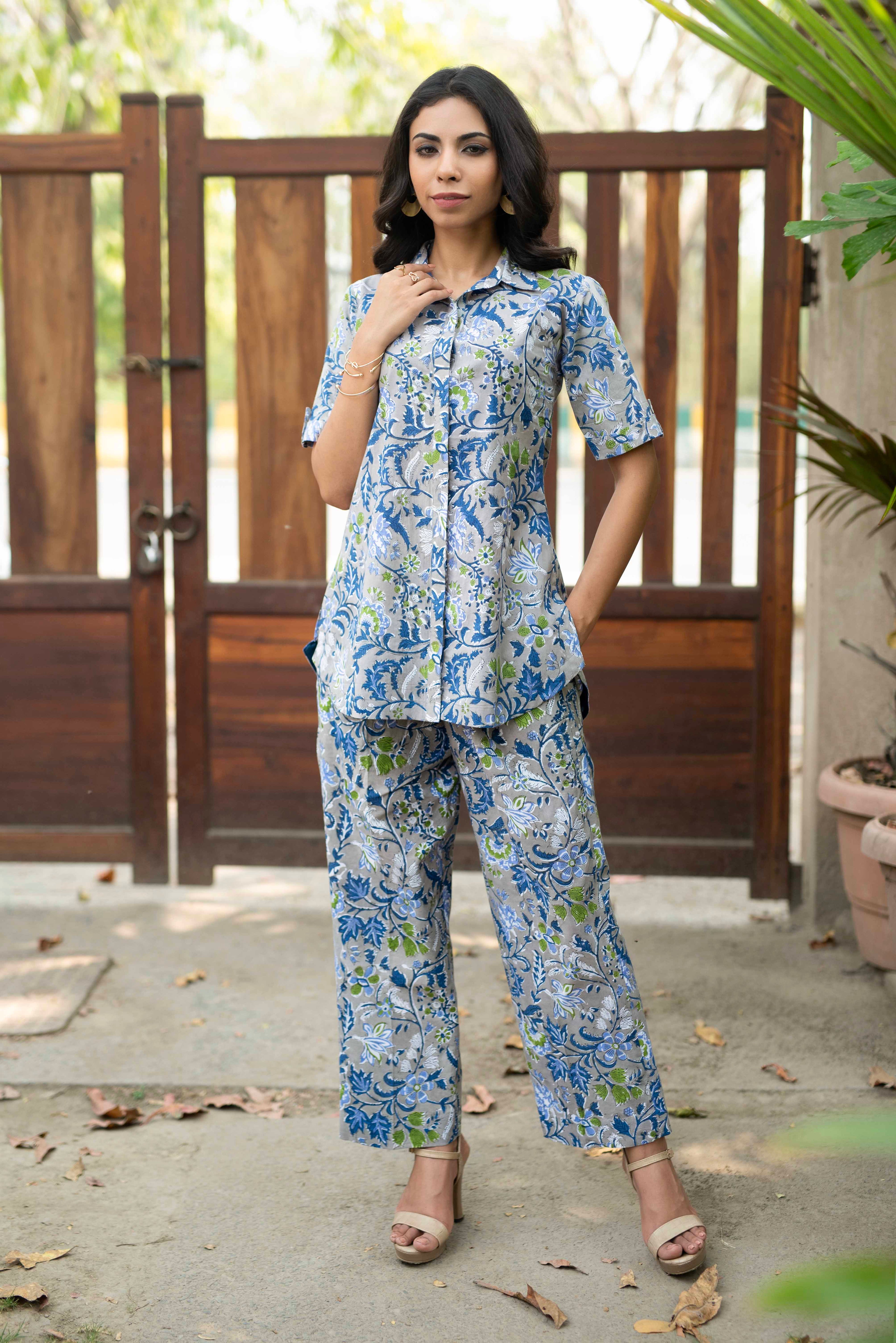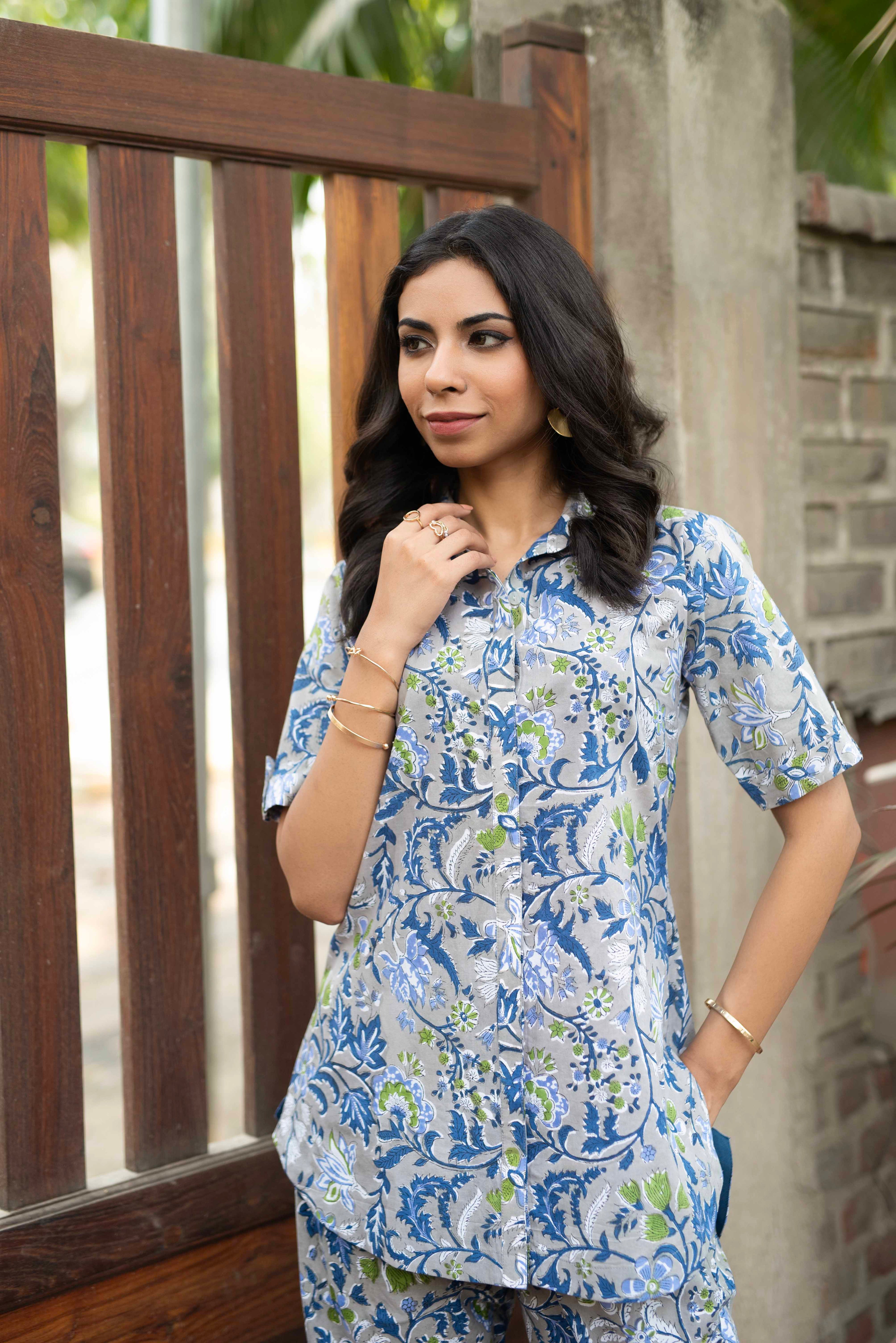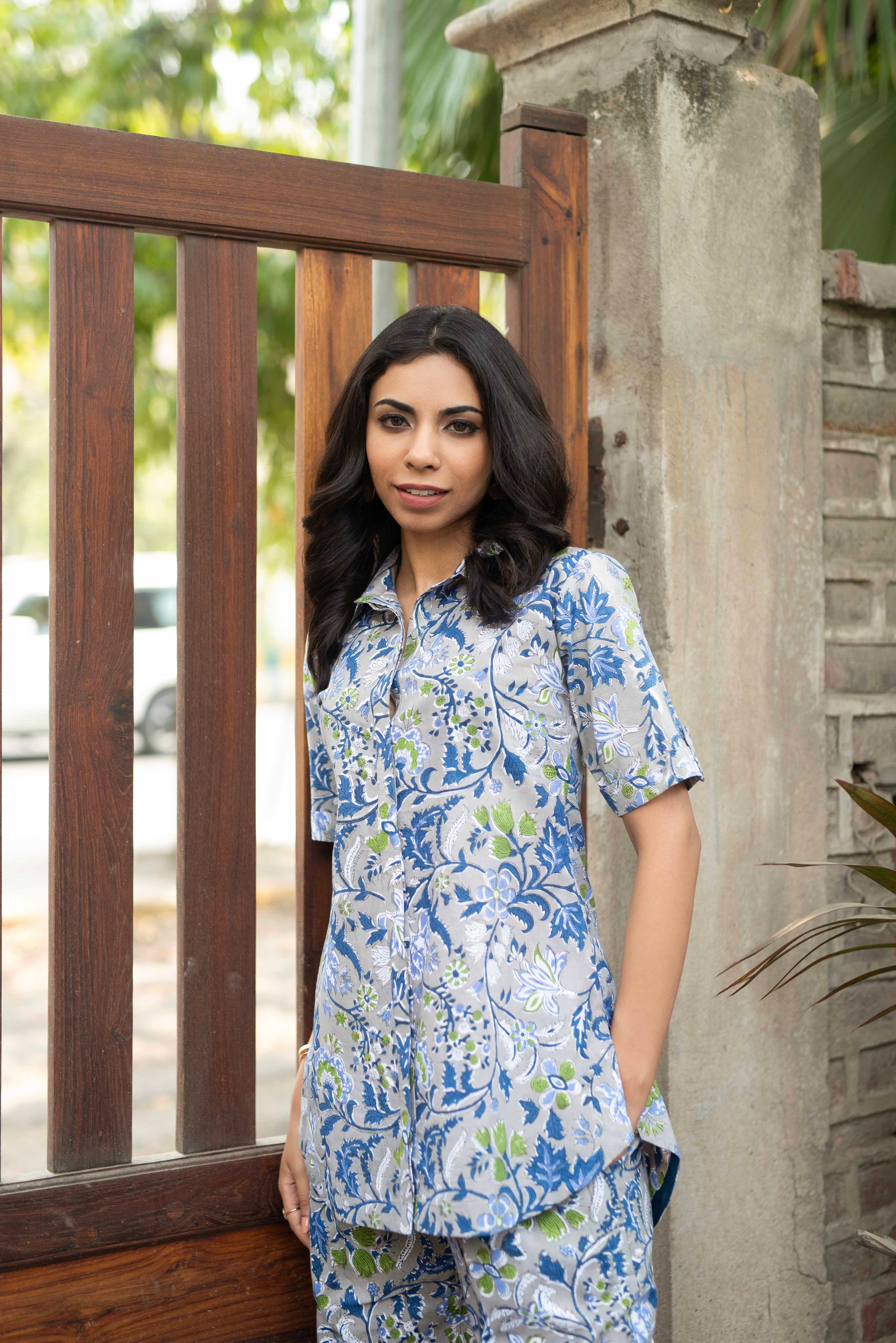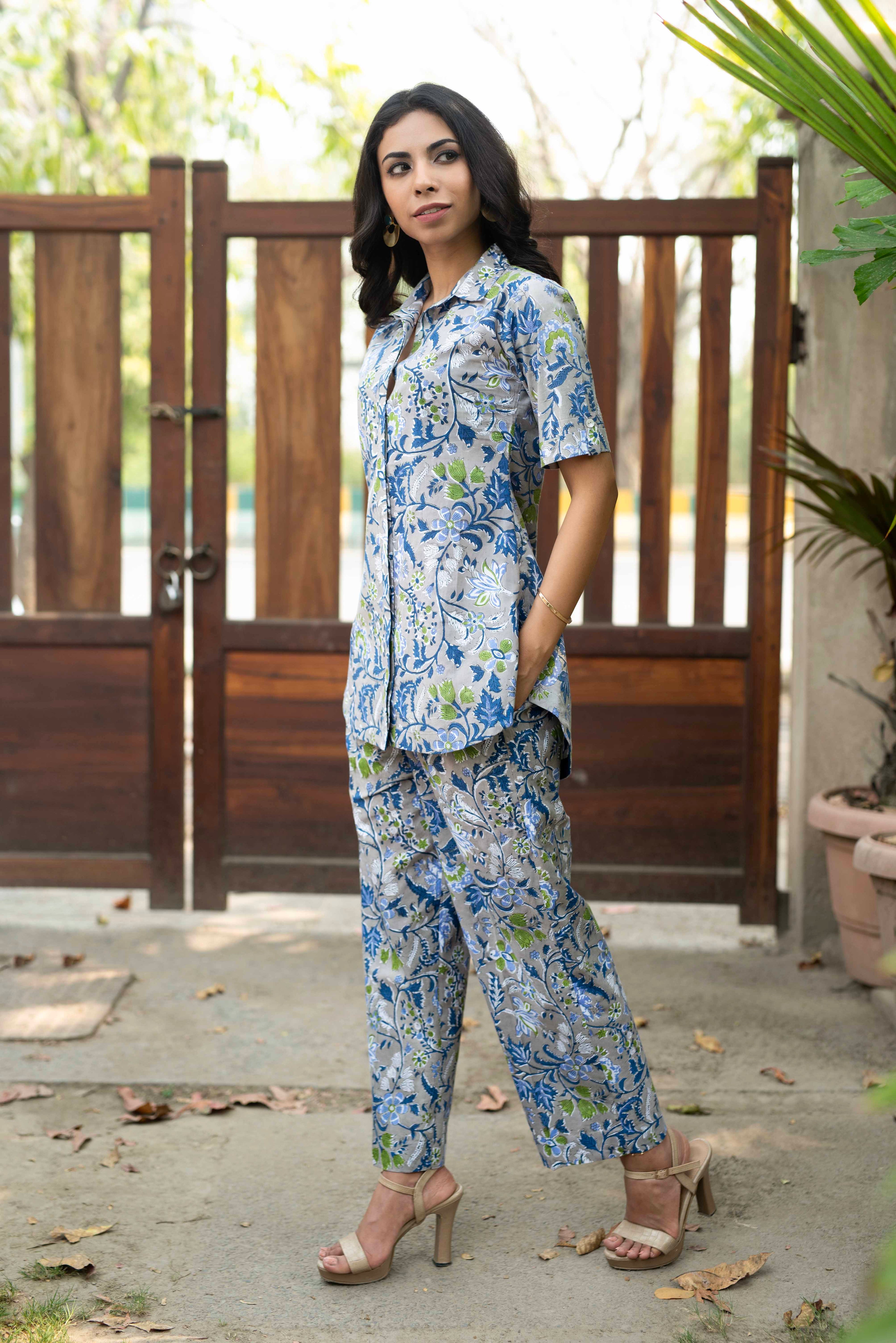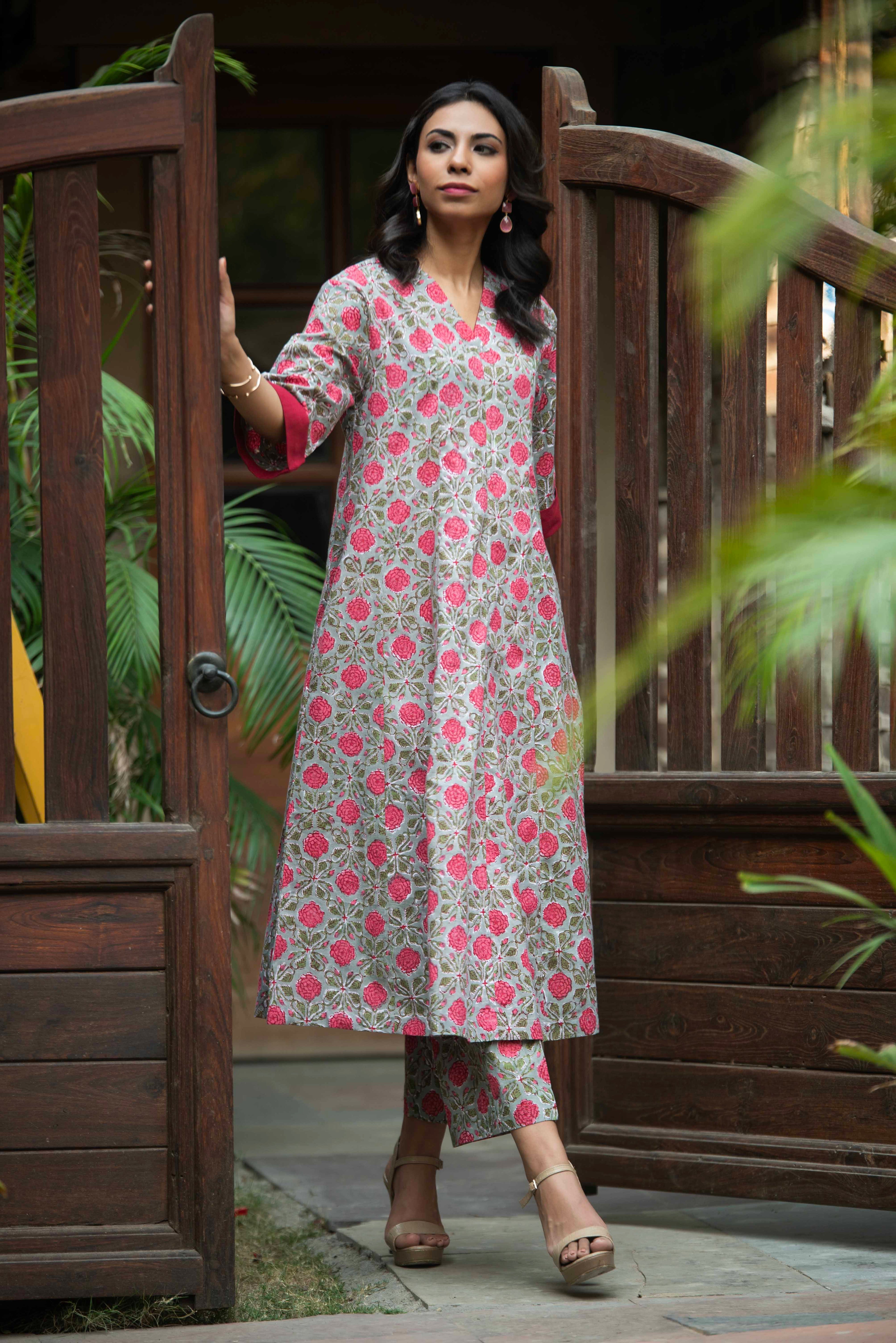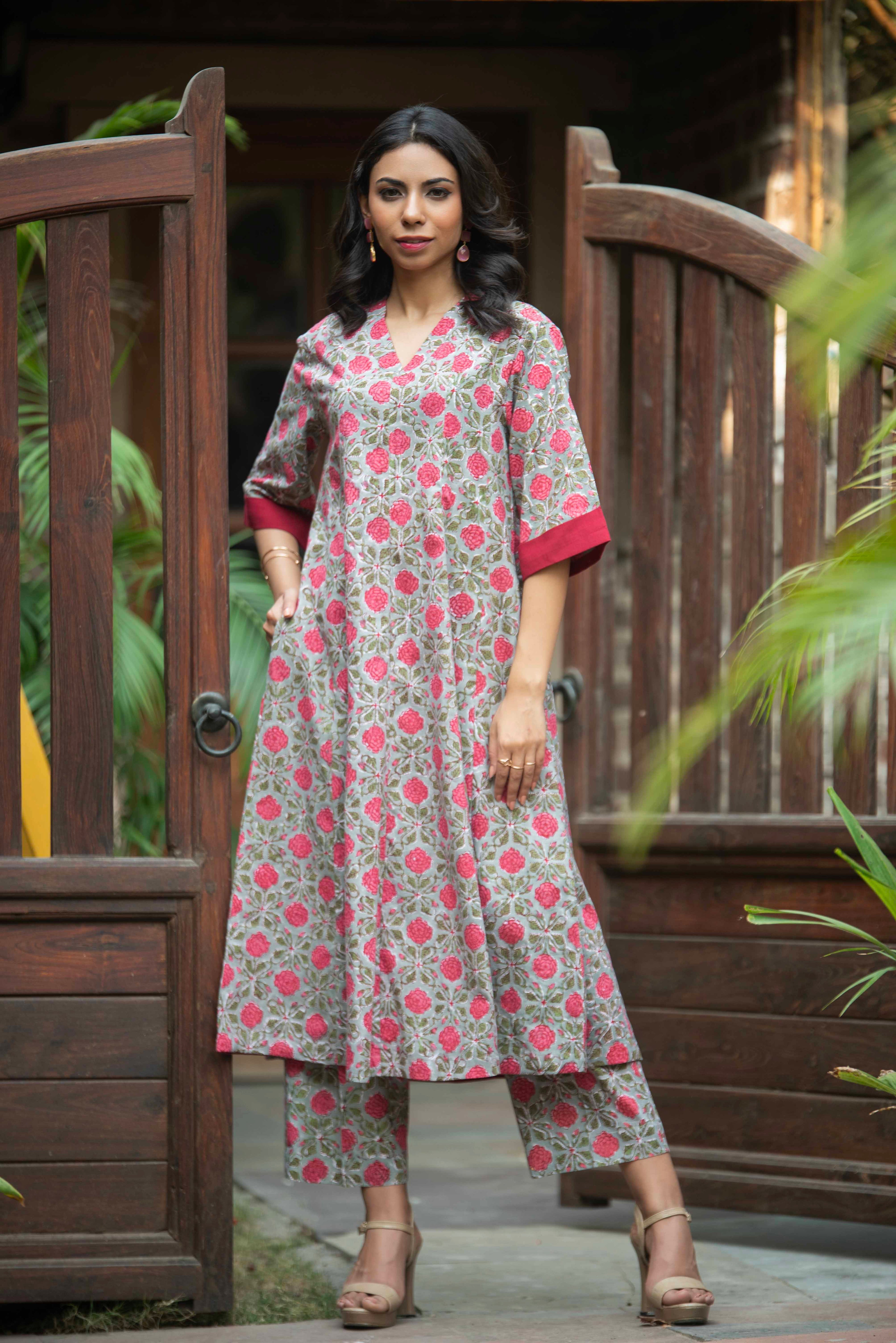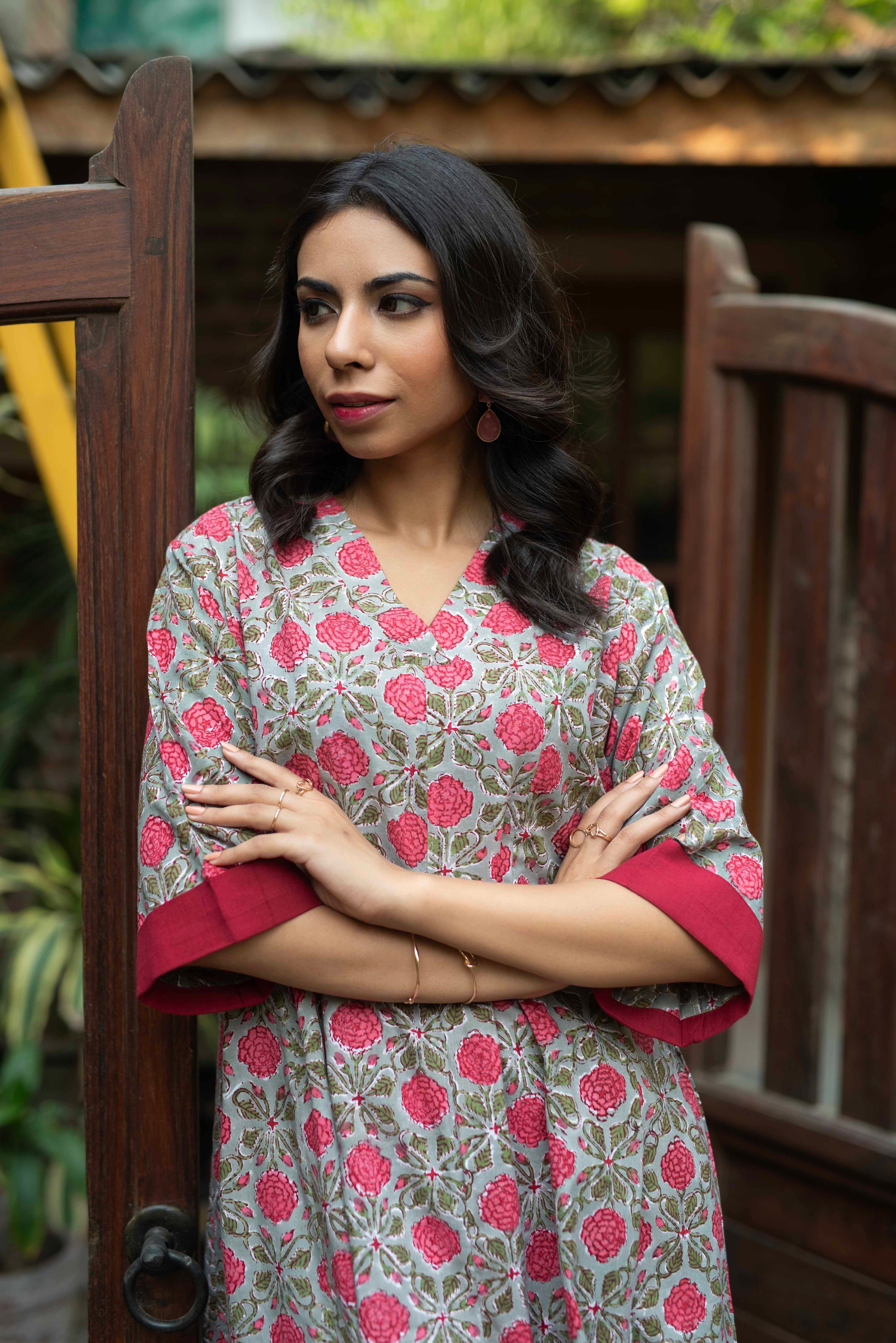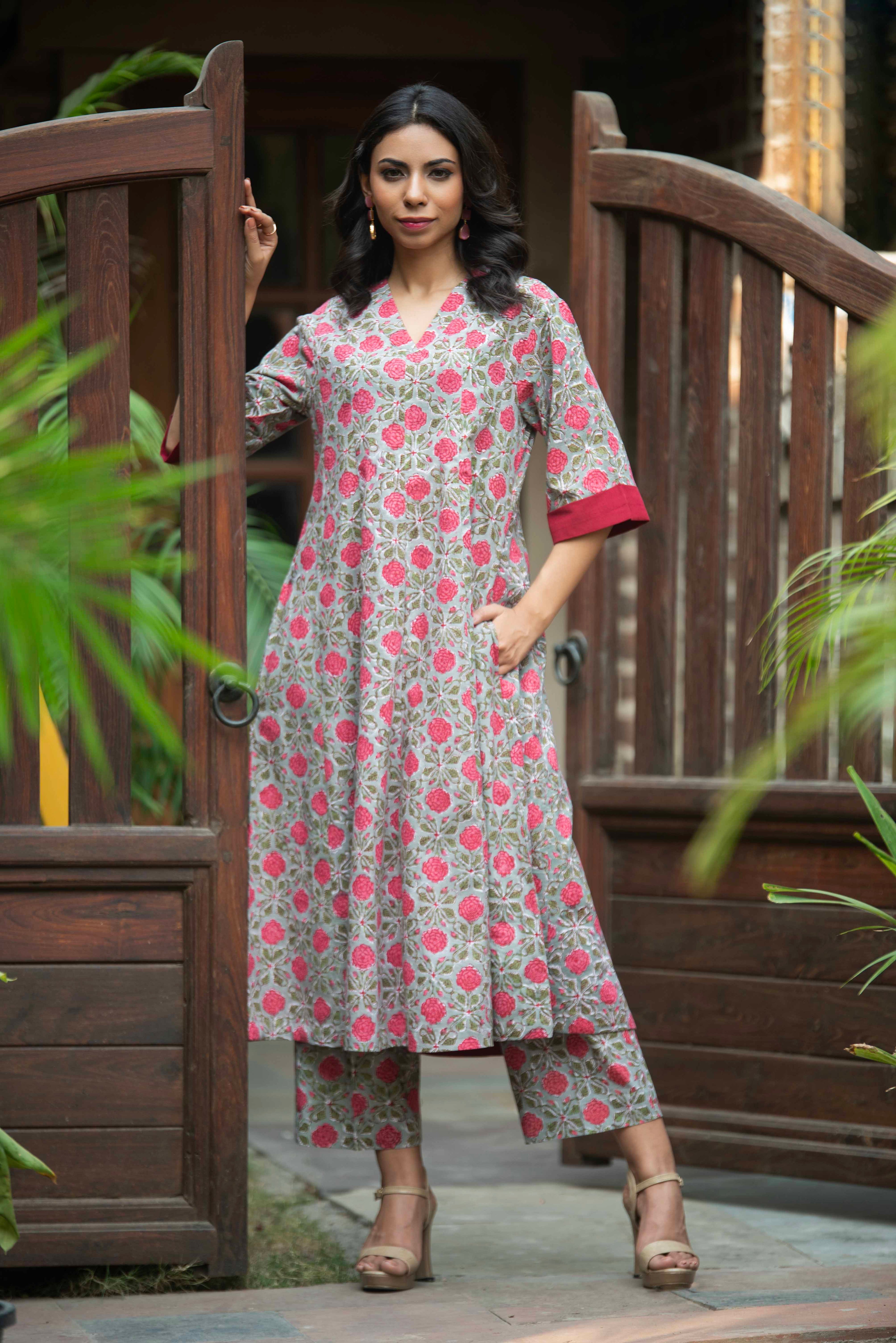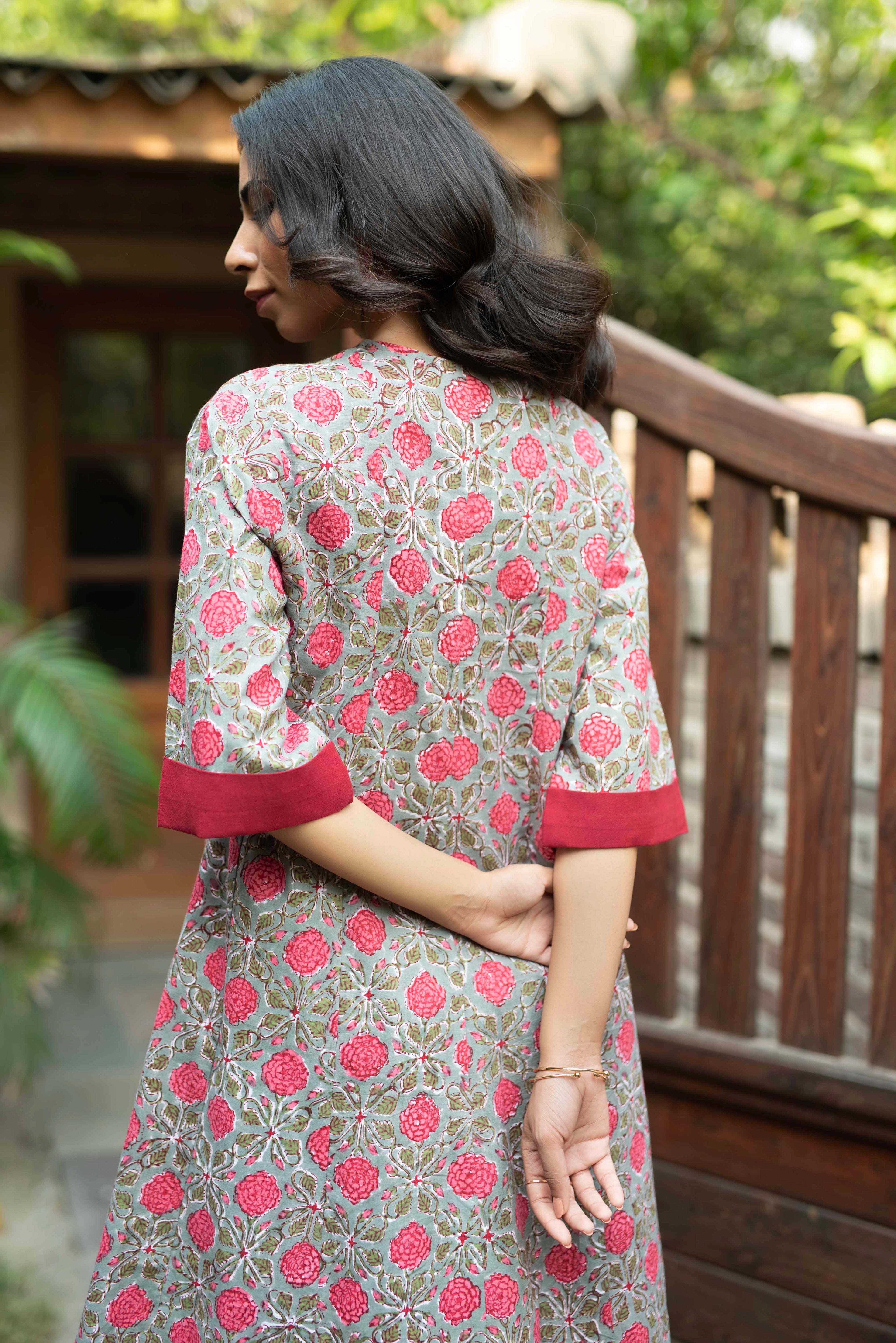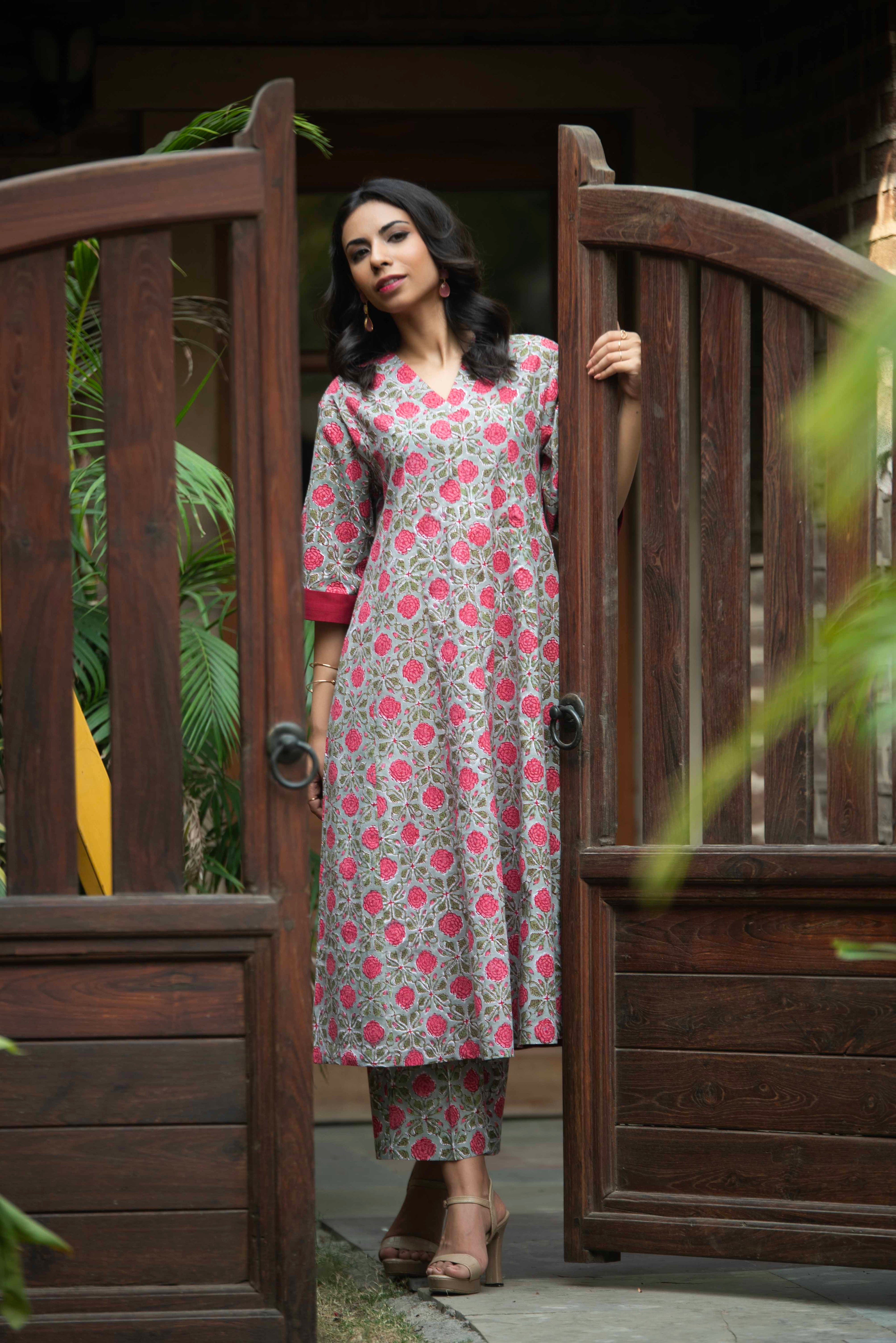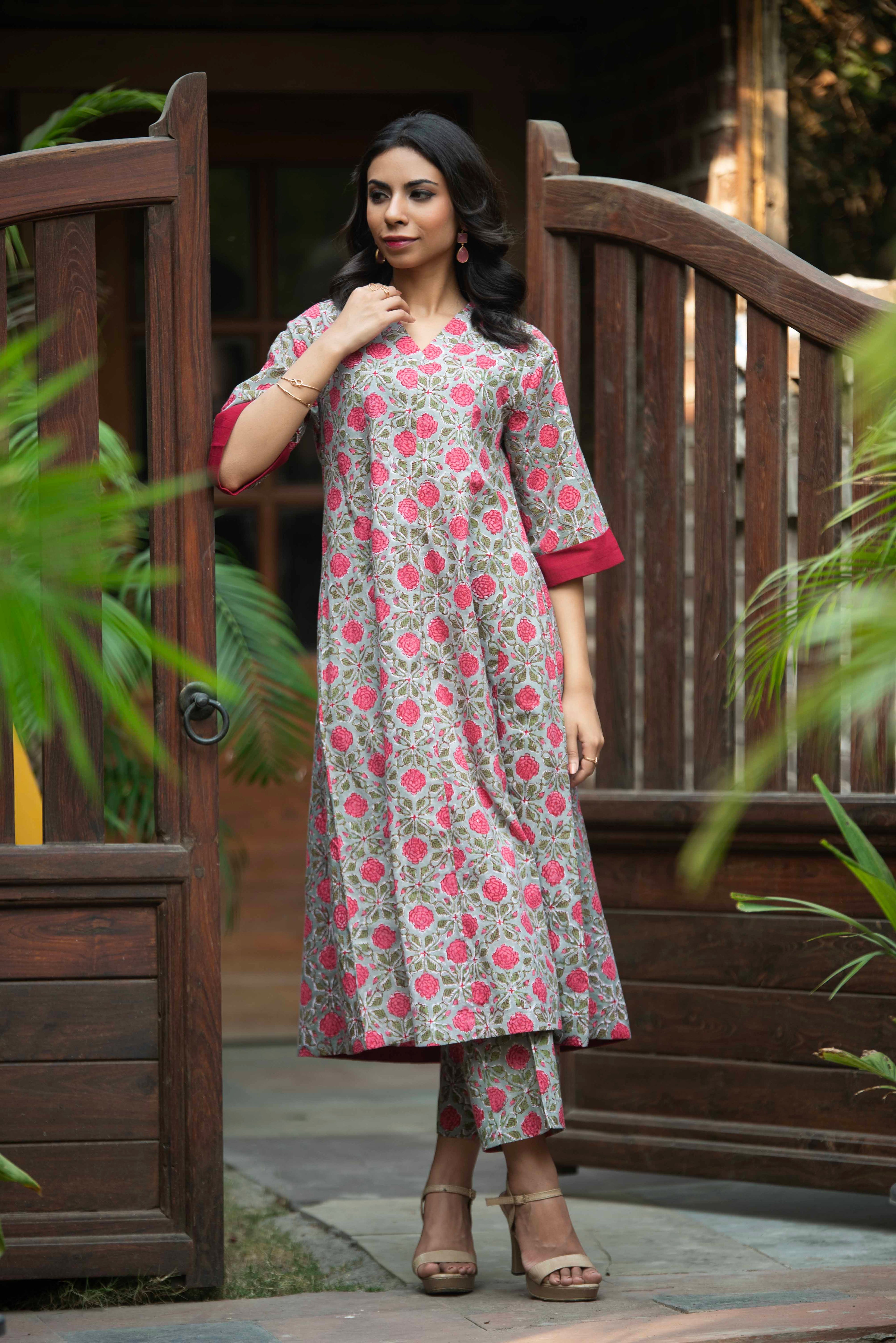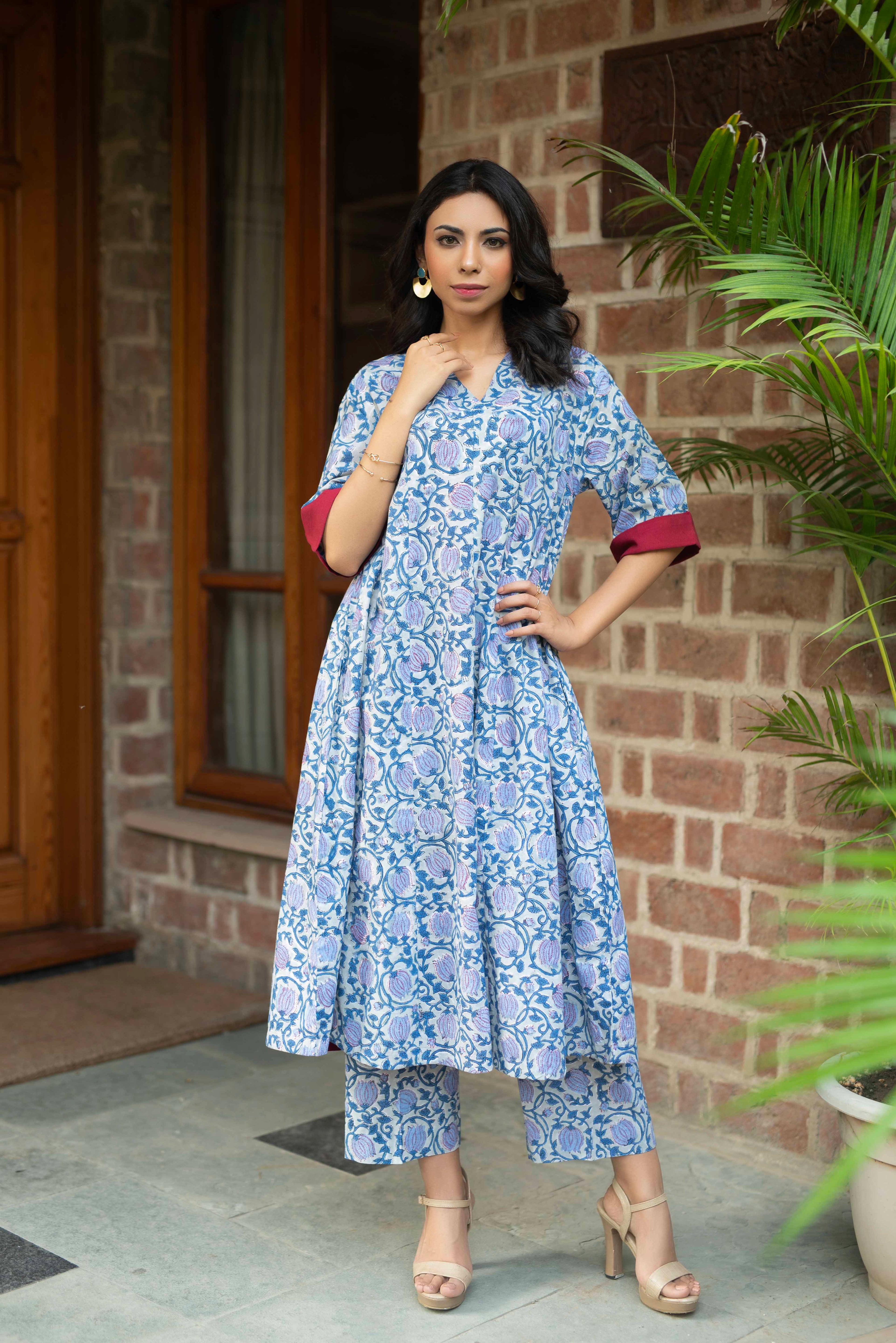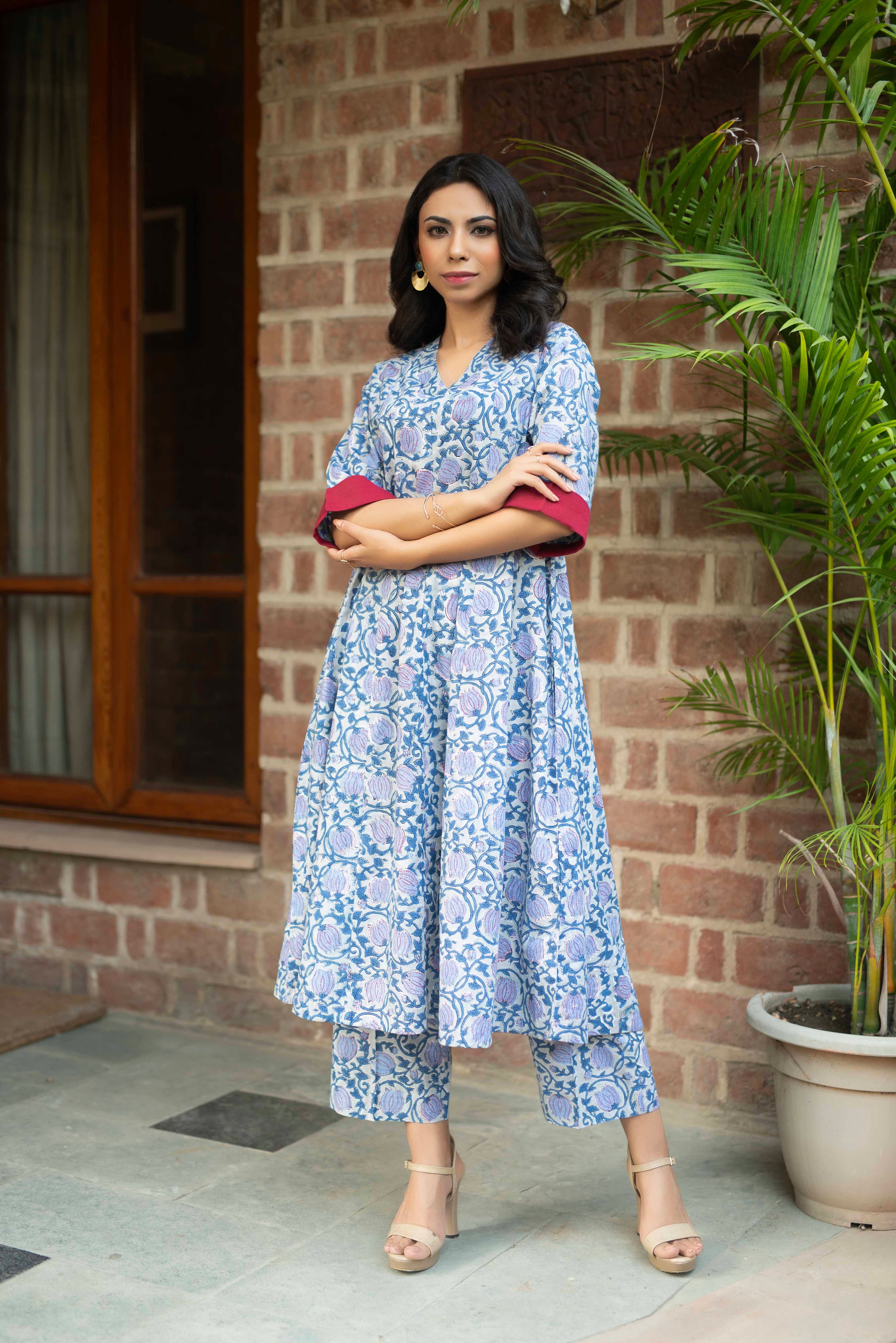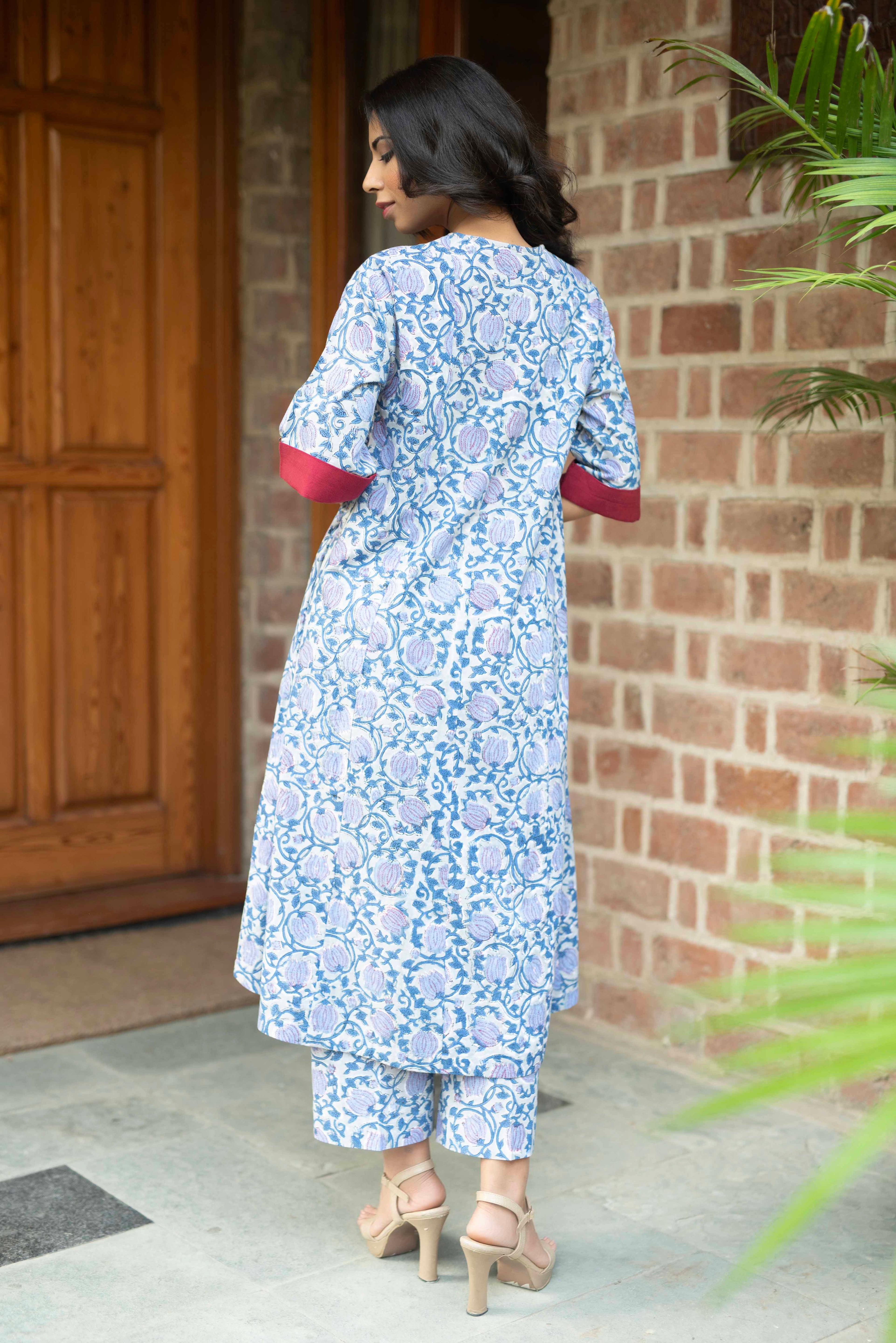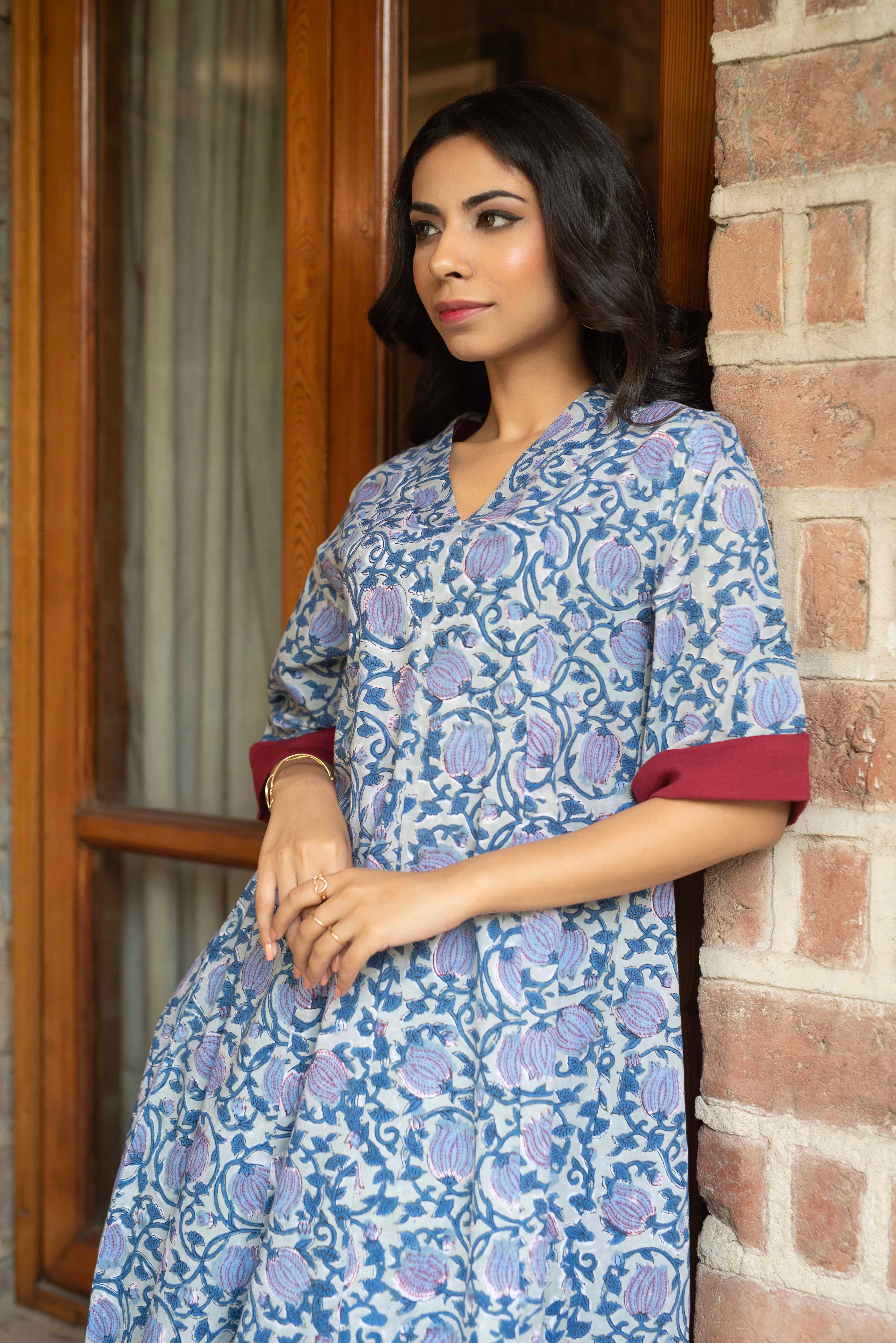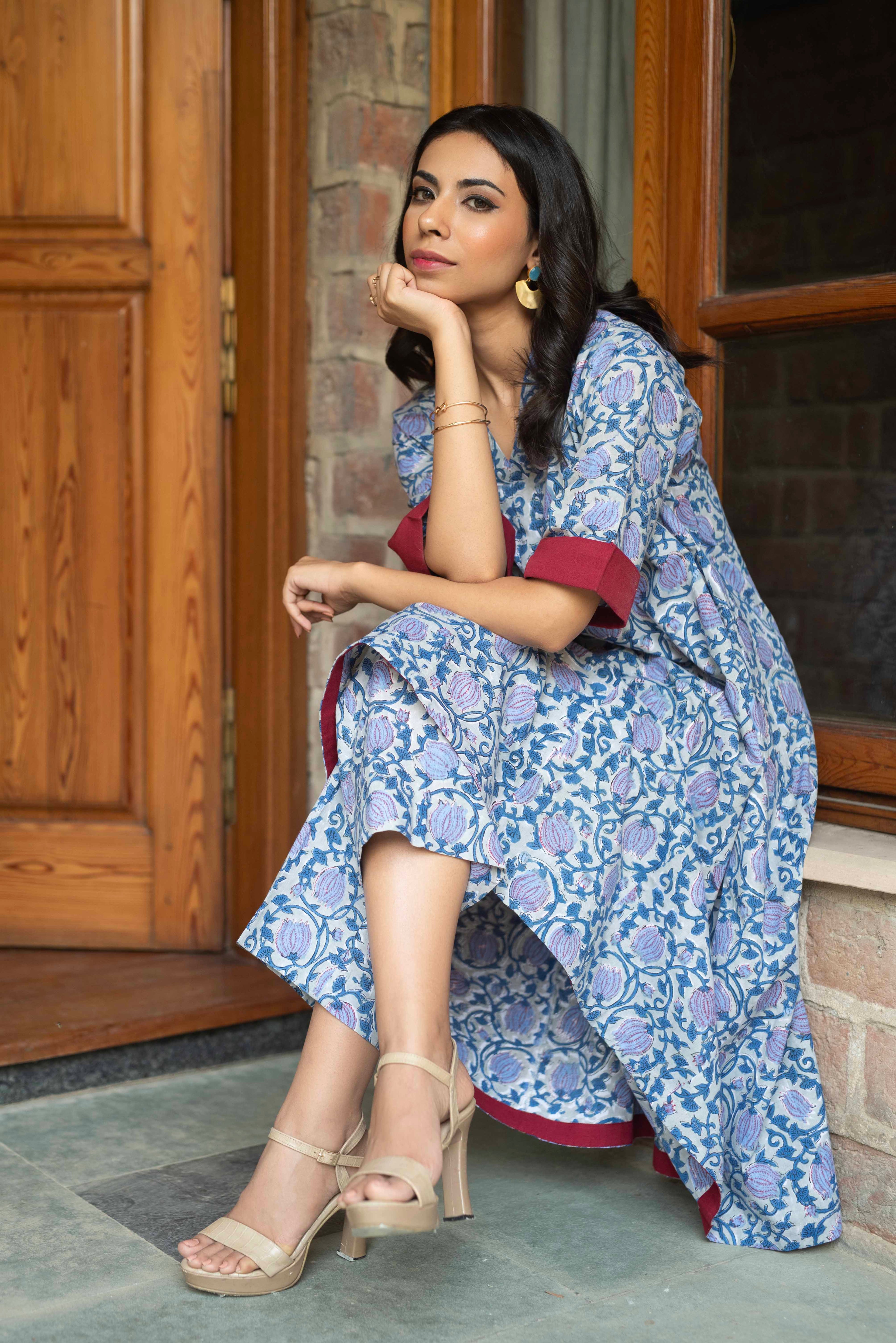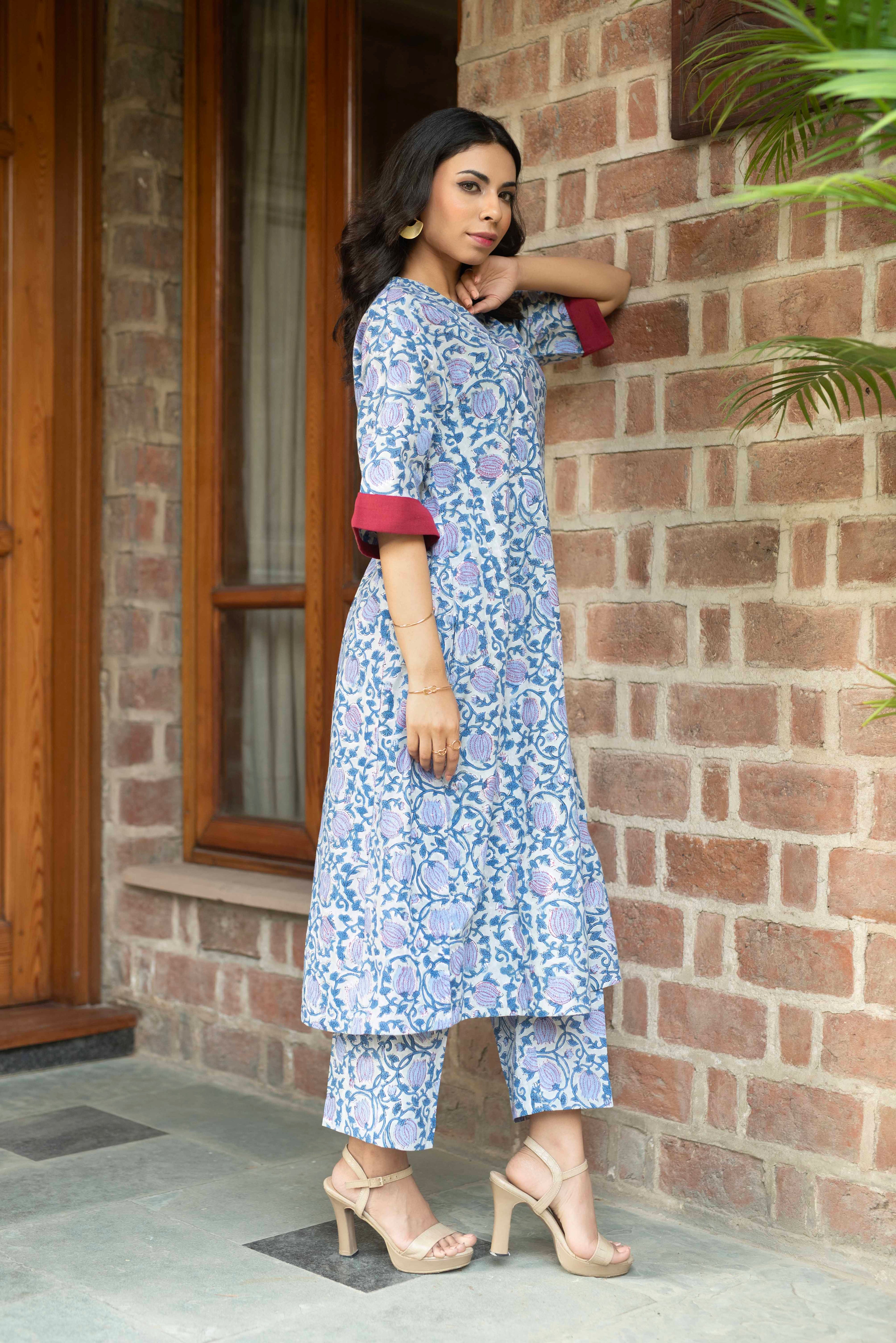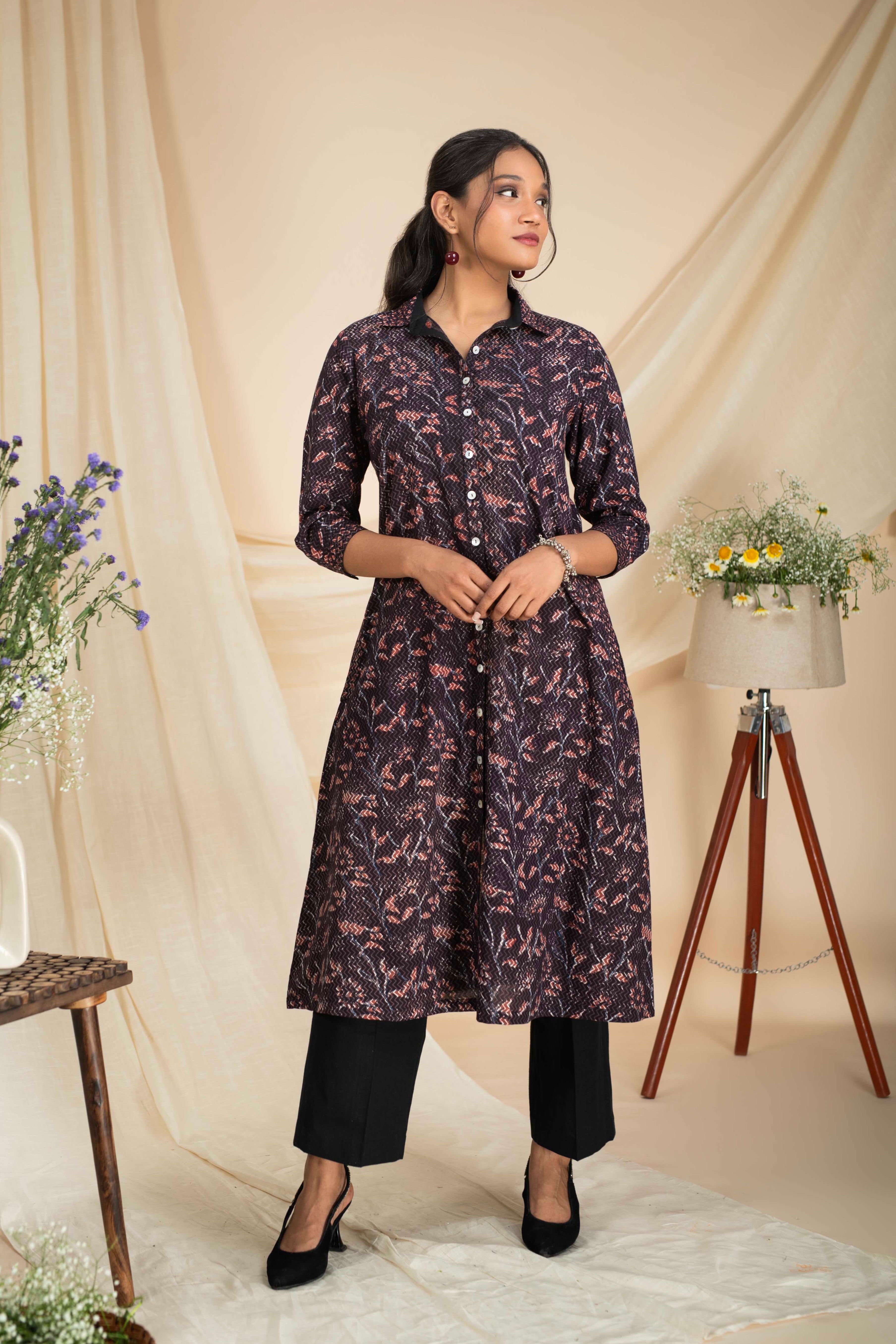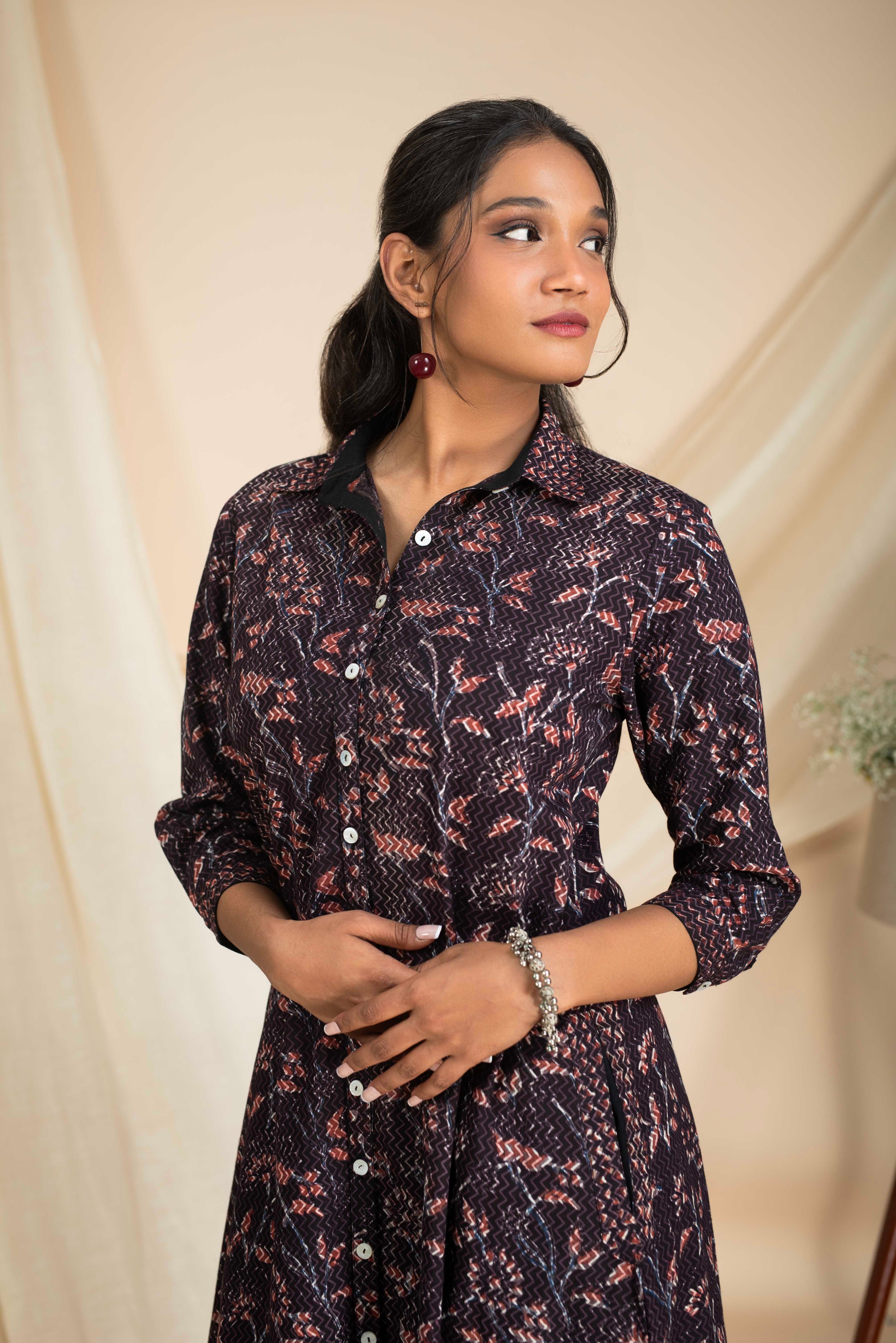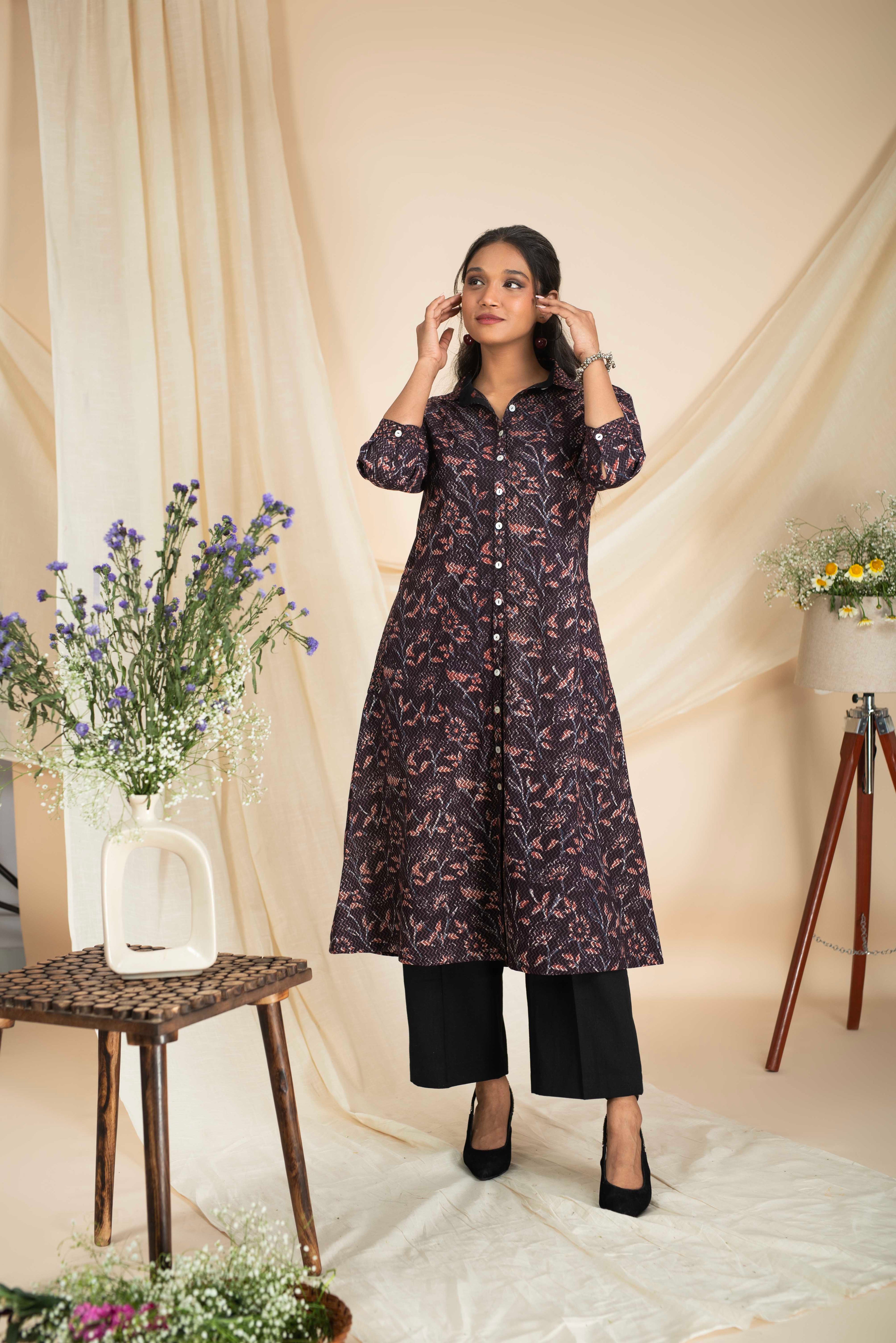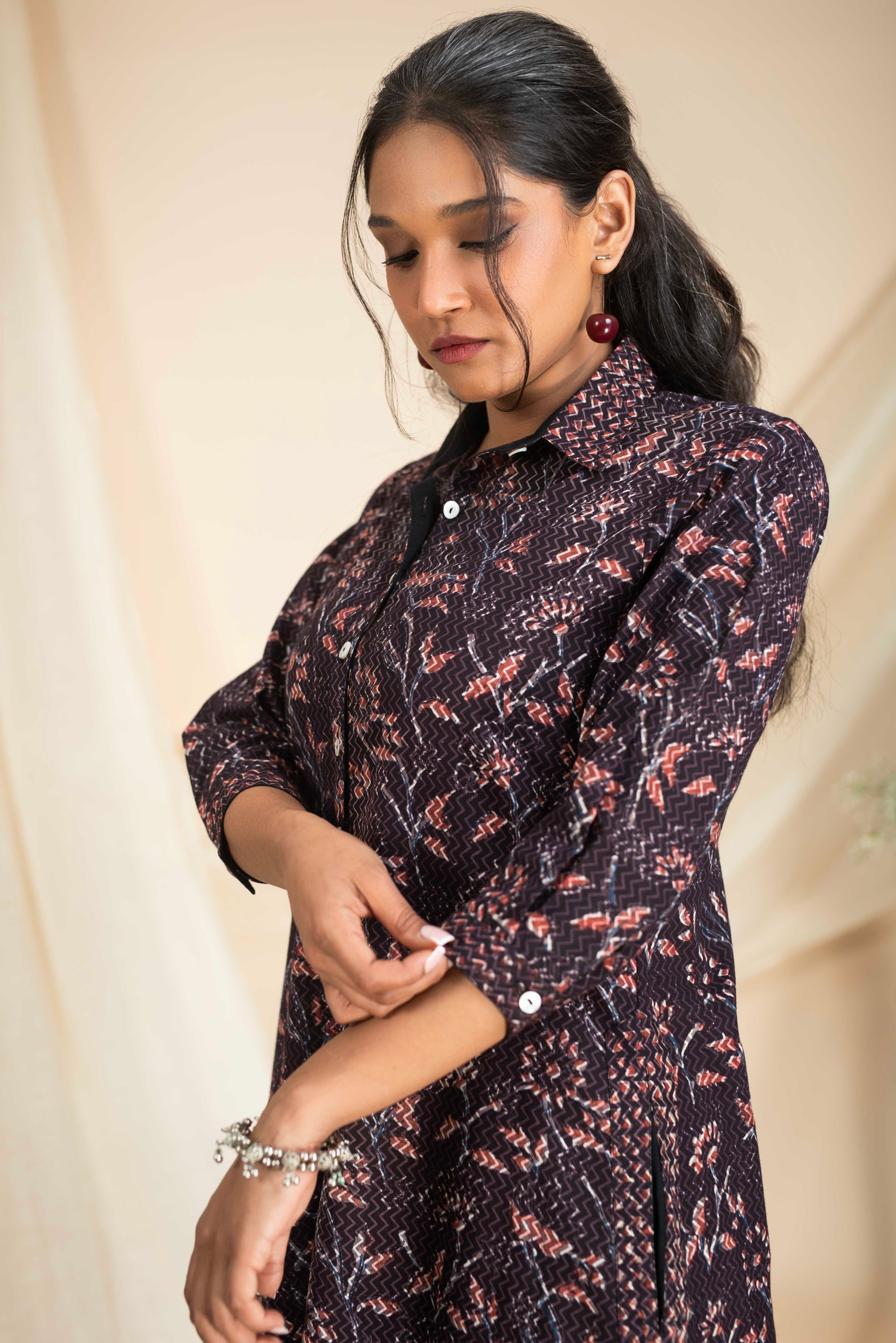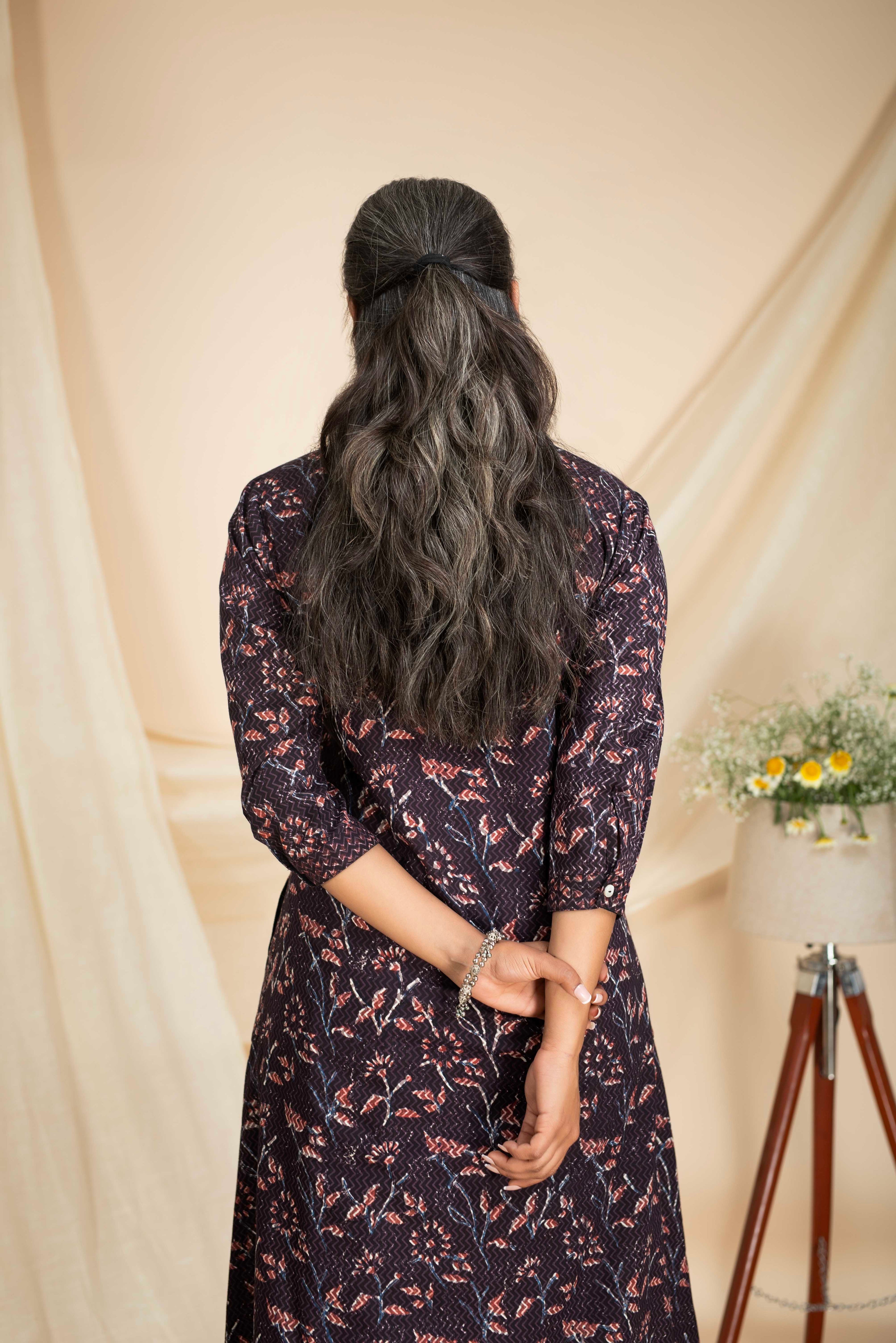Best Quality Hand Block Printed Suit Fabric Sets
Even in today's technologically sophisticated and print-obsessed culture, hand-printed items have a safe and recognized place. In this part, we'll focus on the history of hand-block printing and its visual appeal and complexity. When a piece of wood has been precisely carved, the technique of block printing may be simply stated as the act of printing a pattern onto paper or fabric utilizing a section of the wood block.
At Paulsons, you can have the best quality block printed suit fabrics you can desire.
Intriguingly, block printing was formerly the primary way of publishing books and sacred texts over the world. The earliest block-printed book, which is thought to date from about the year 200 AD, was created in China. In current times, block printing is most typically associated with carving designs from blocks of wood and printing them on fabric. This is an excellent approach. A variety of blocks may be used to print on a single piece of fabric. Just a few of the popular goods in this design are bed linens, saris, unstitched suit fabrics and dupattas in a block pattern.
Block Printing: An Overview of the Method
The first and most important stage in the block printing process is the preparation and creation of wooden blocks, which are subsequently used to imprint images on cloth/fabric. Blocks made of lime, sycamore, holly, or pearwood are used in the bulk of textile printing. Those on a tight budget may want to choose a deal or pine option. Most of the block is between two and three inches thick. It is common for woodblocks of inferior quality or a lower price to be twisted together, which implies that a large number of components are bonded. After the blocks are leveled, the next stage is designing, which may be done using chisels, compasses, or knives, depending on the intricacy of the design.
Choosing the Right Block Cutter
Block cutter or carver begins cutting woodblocks after tracing or carving patterns into woodblocks. The more substantial parts of the project are completed first, while the finer details are left until the finish. To ensure the safety of the woodblocks, it is imperative that this be done. Felt is typically used to fill in the wooden blocks' outlines so that the design may be accurately transferred to the cloth. In this way, the color may be absorbed more thoroughly. In the completed block, the pattern is clearly visible as a flat relief carving. Paulson’s is the best choice here.





